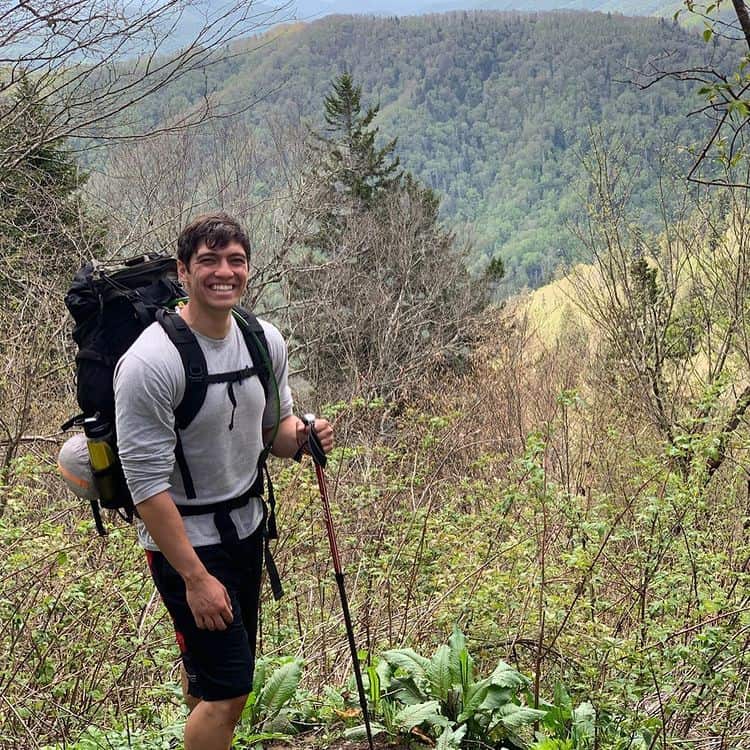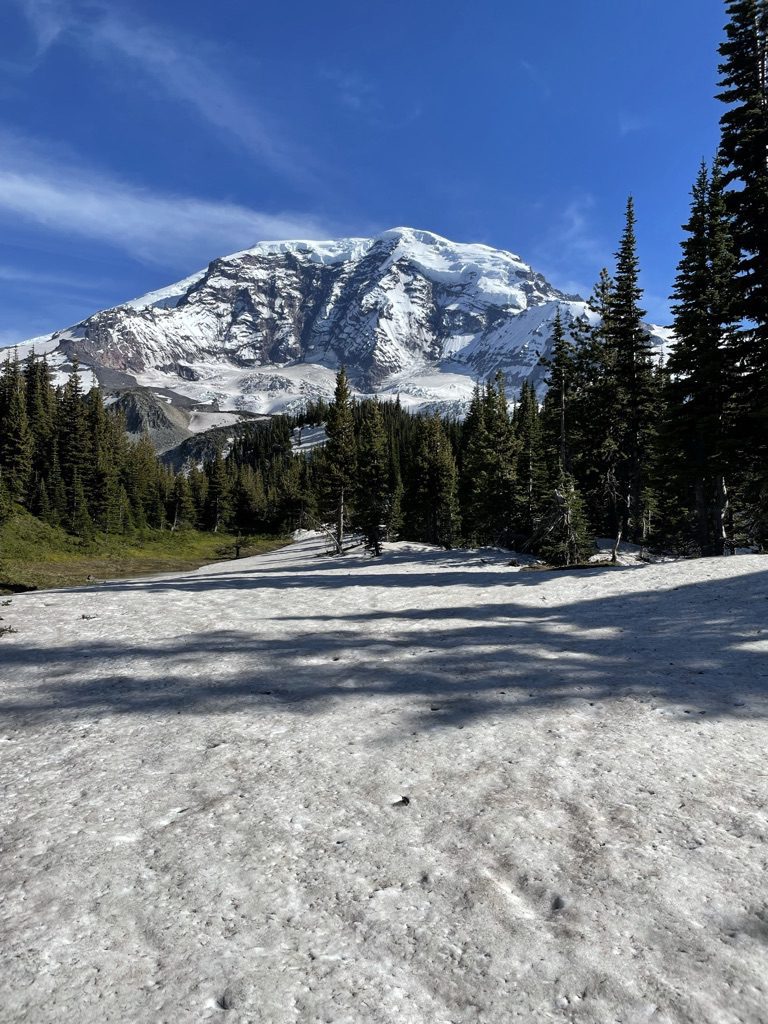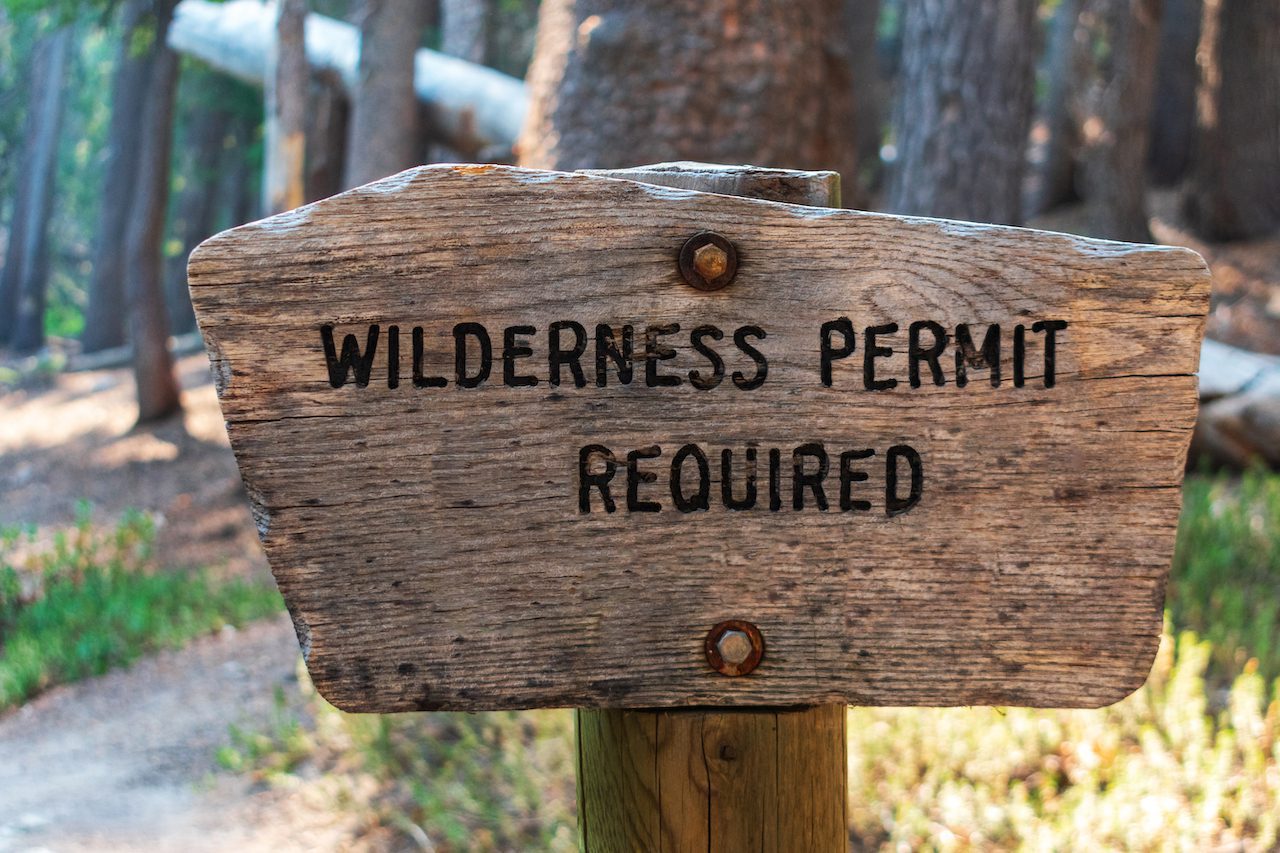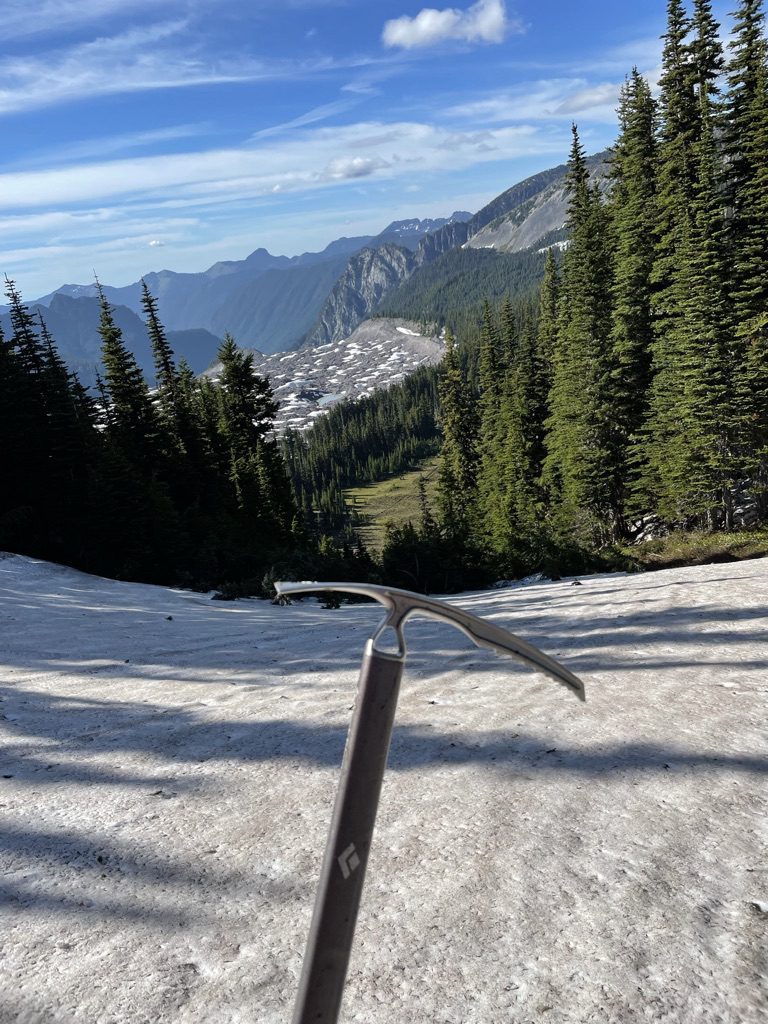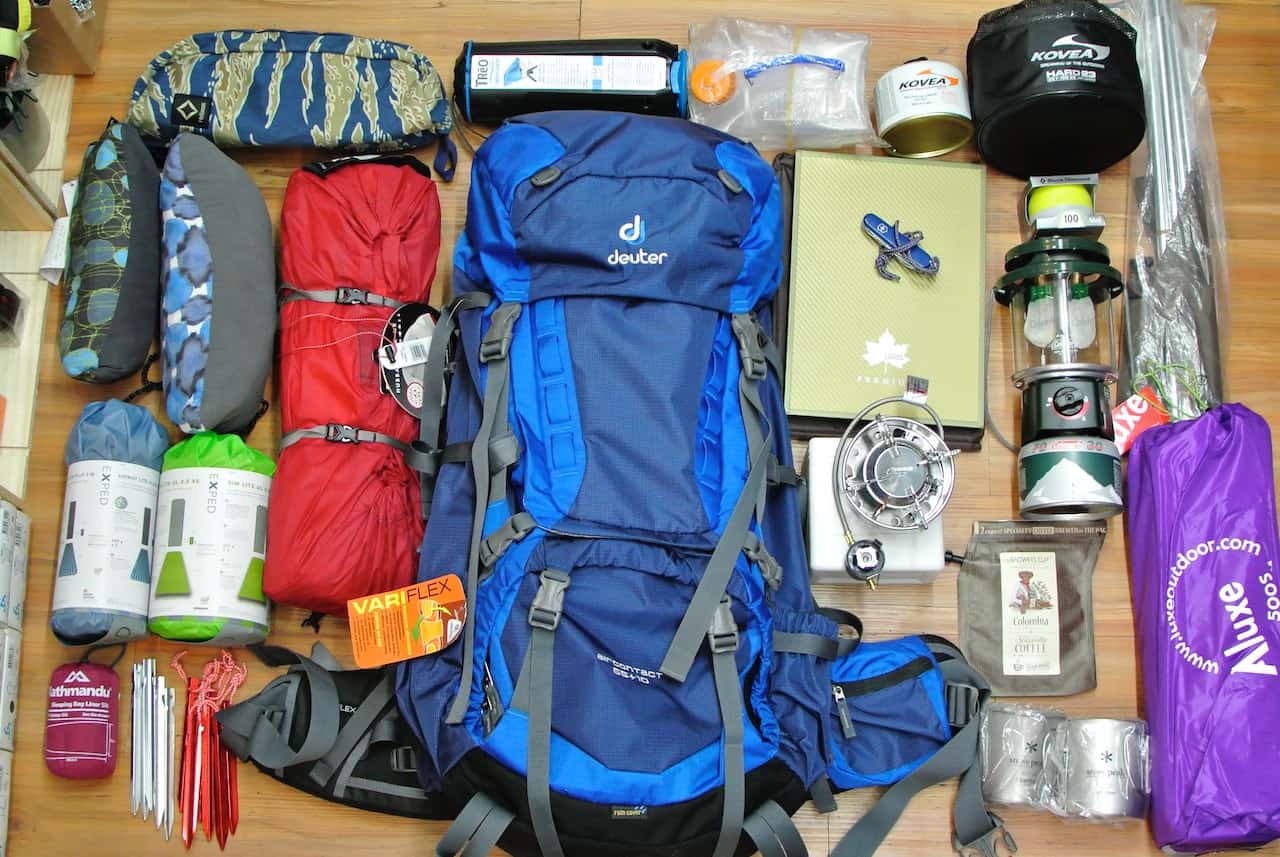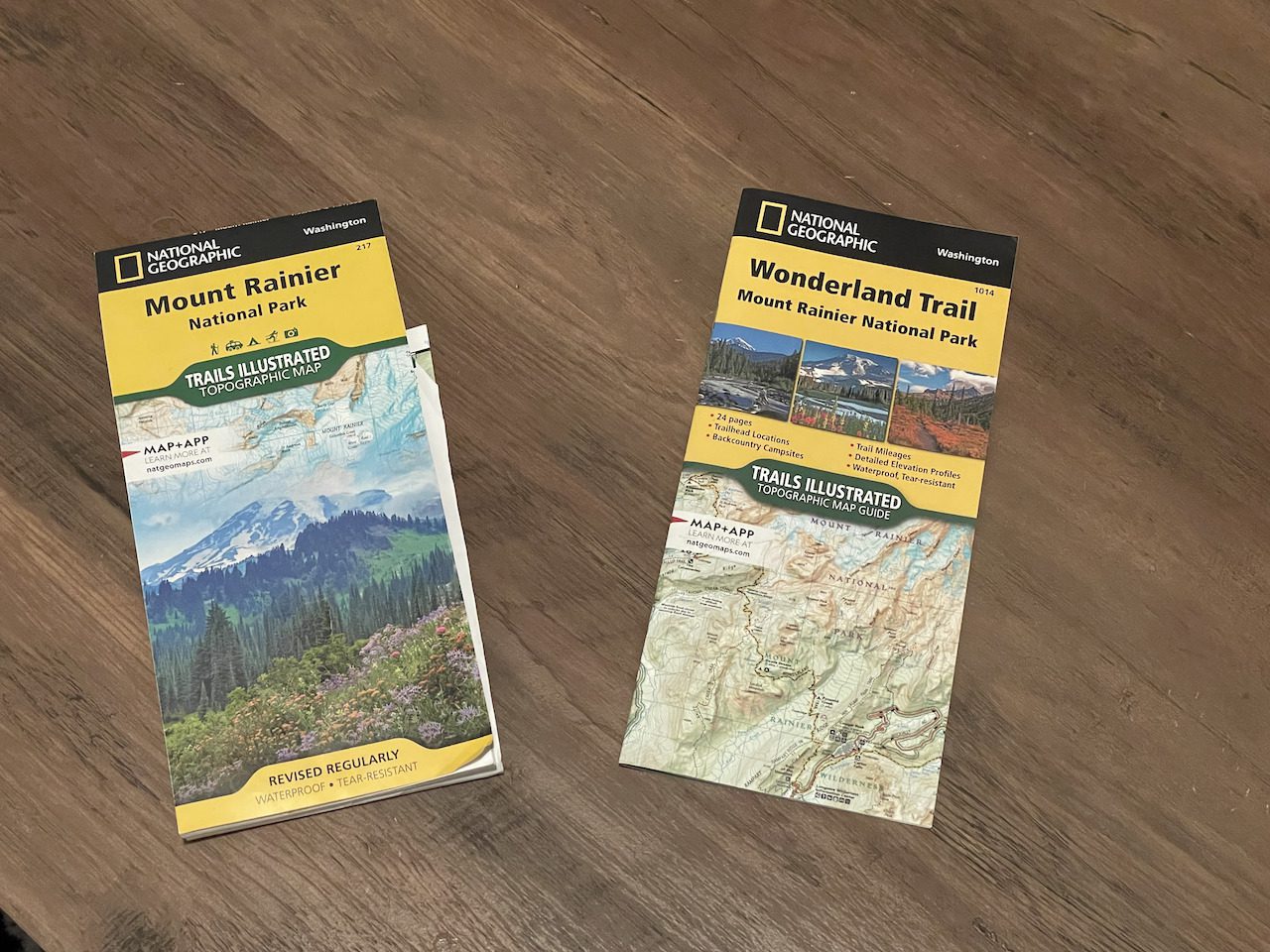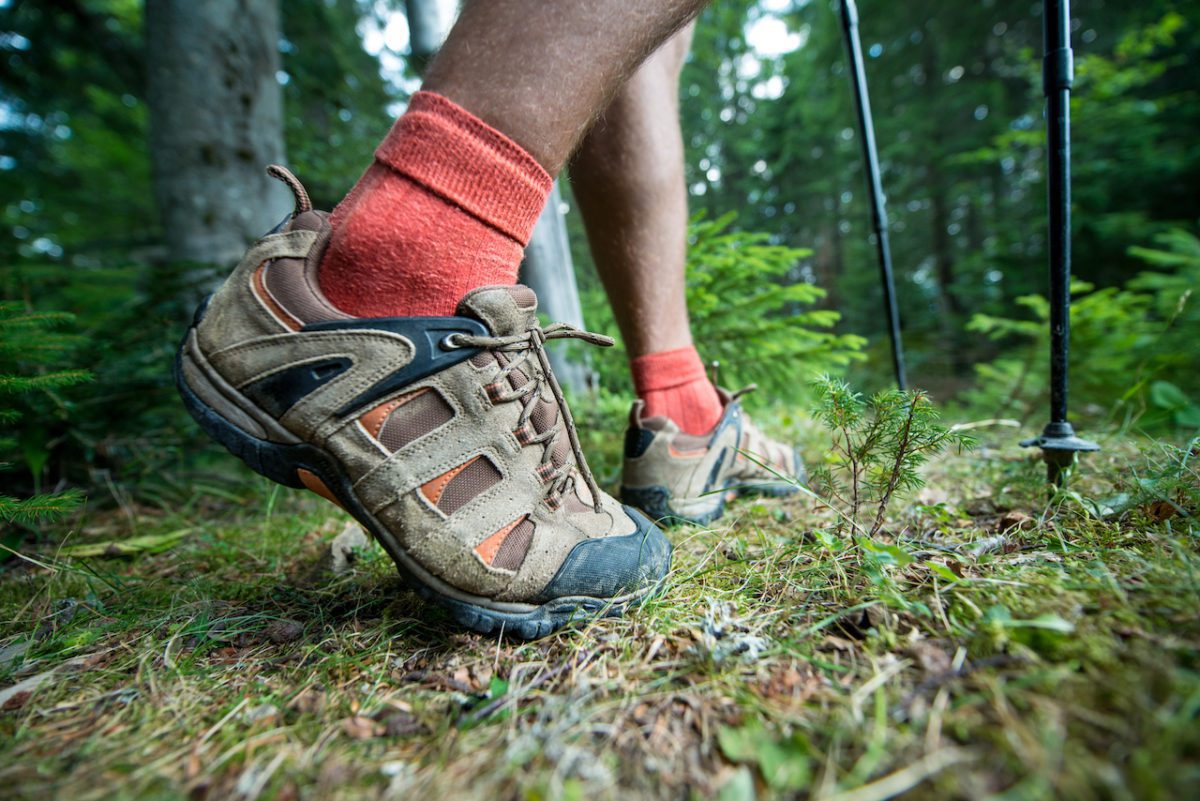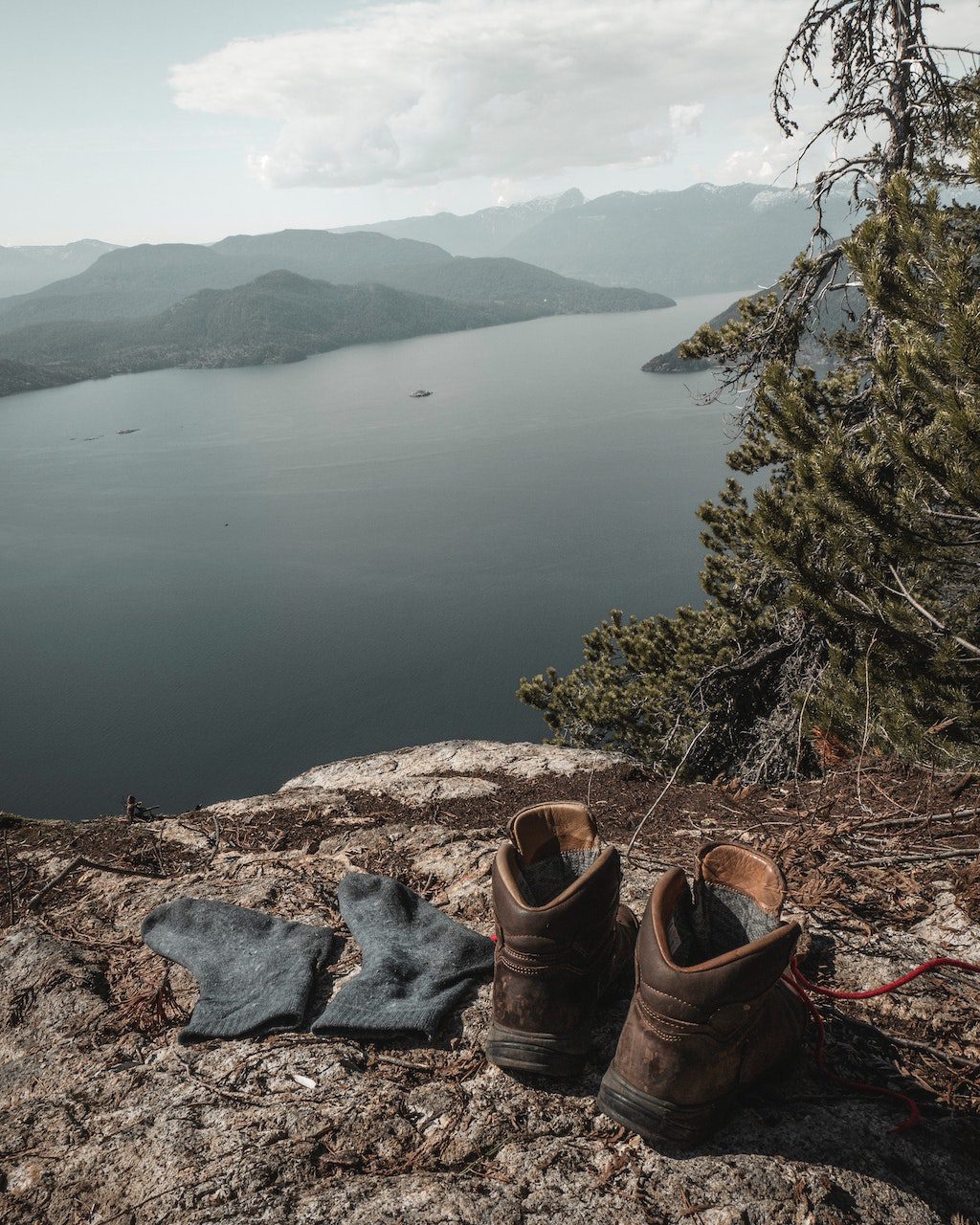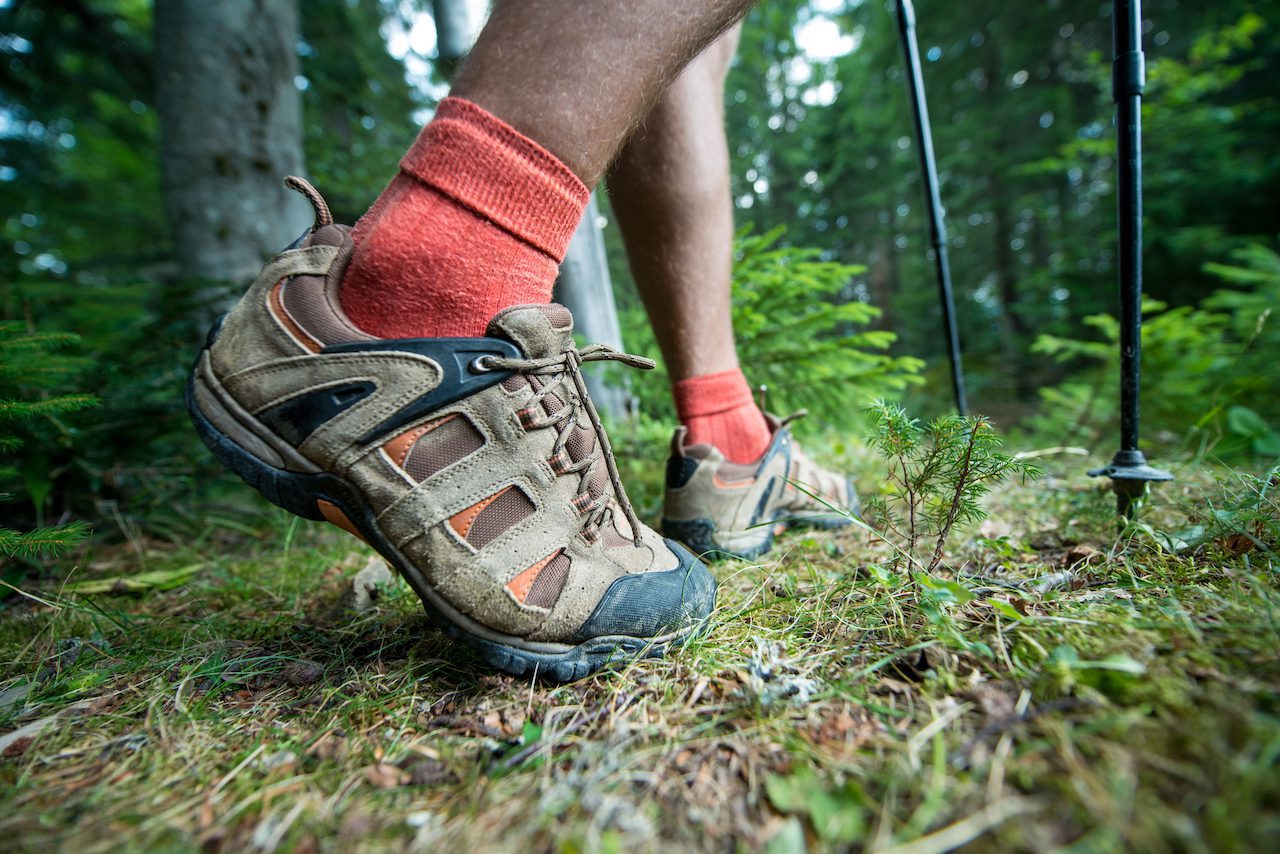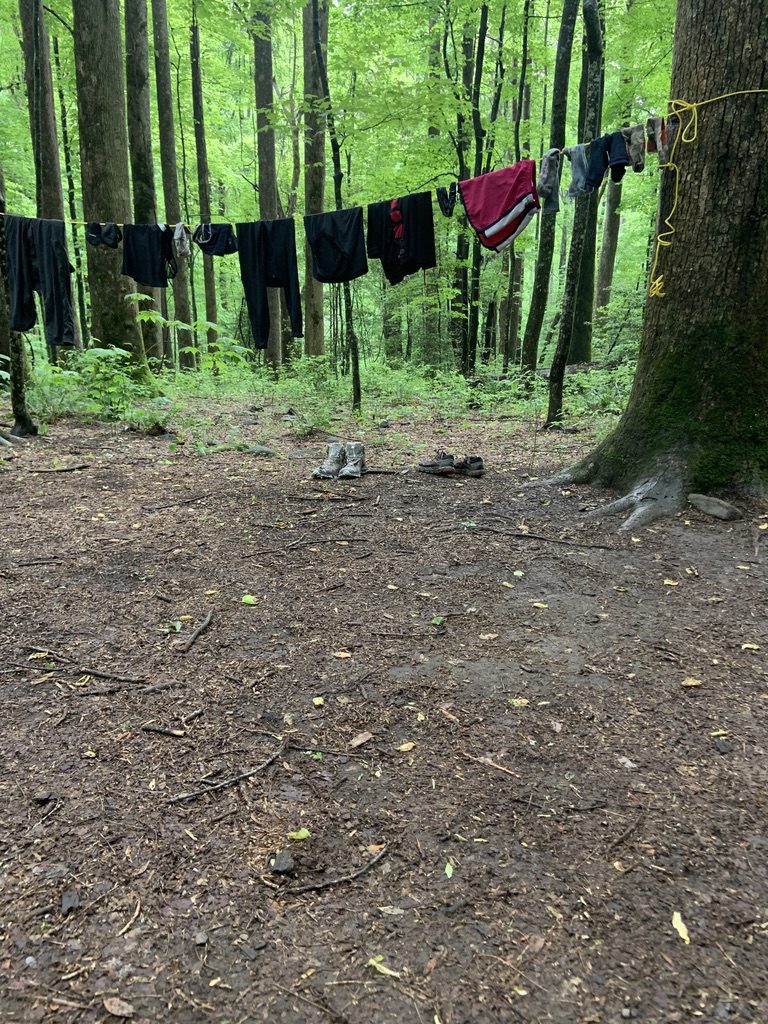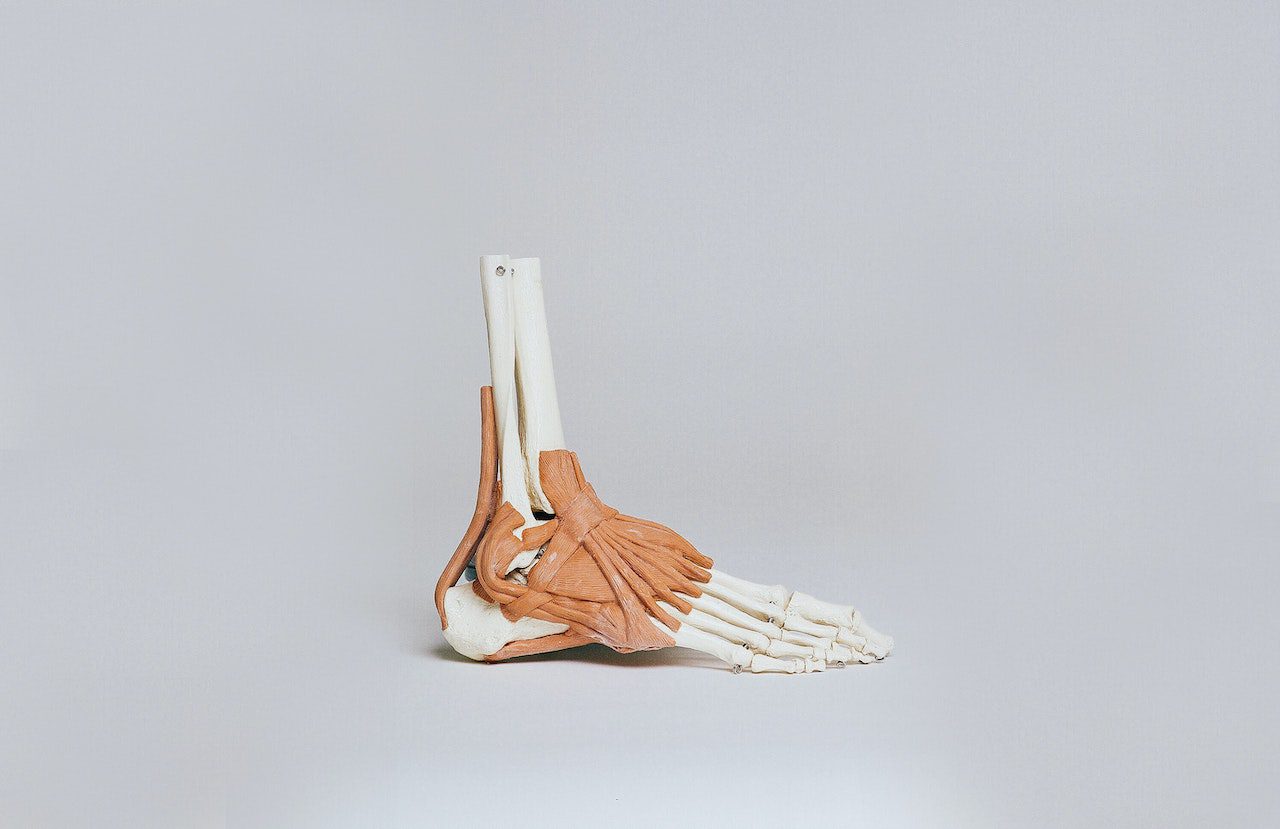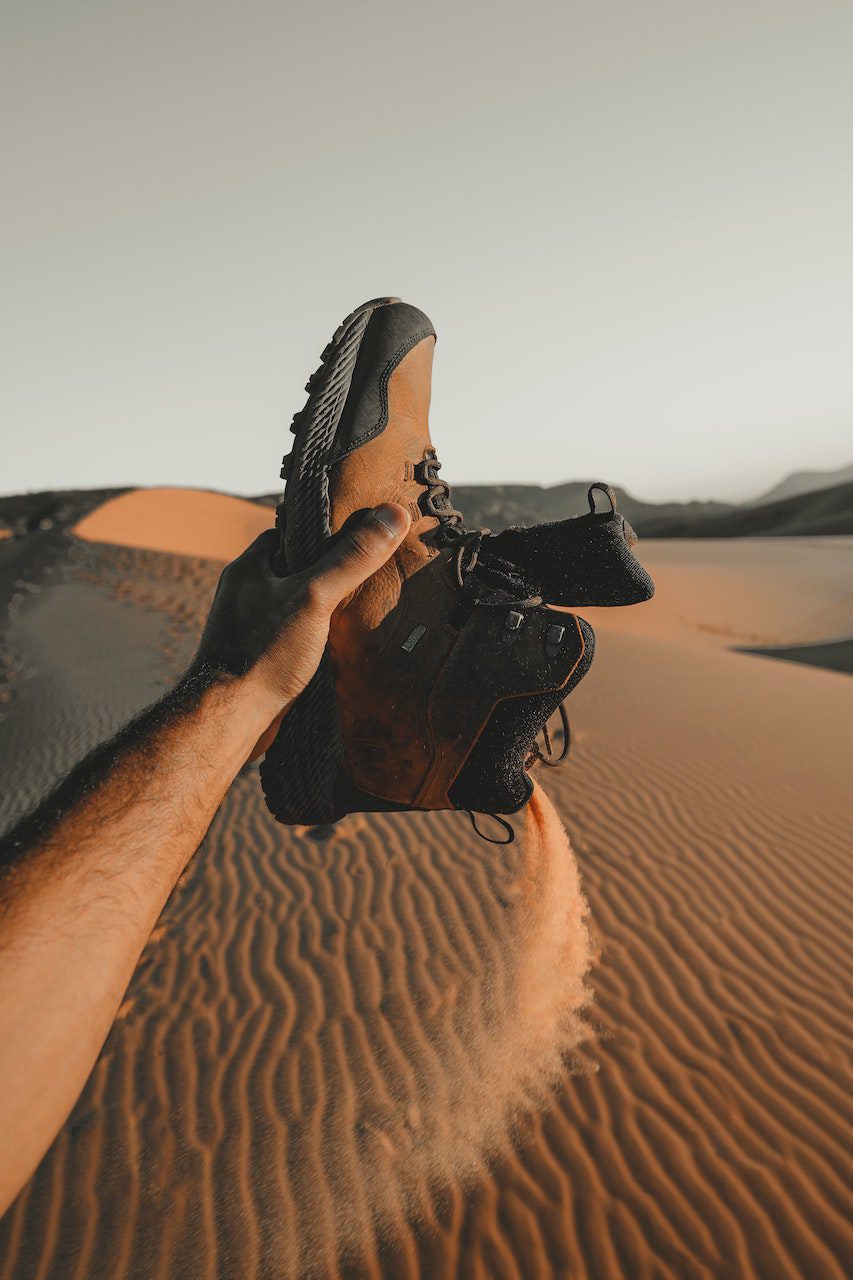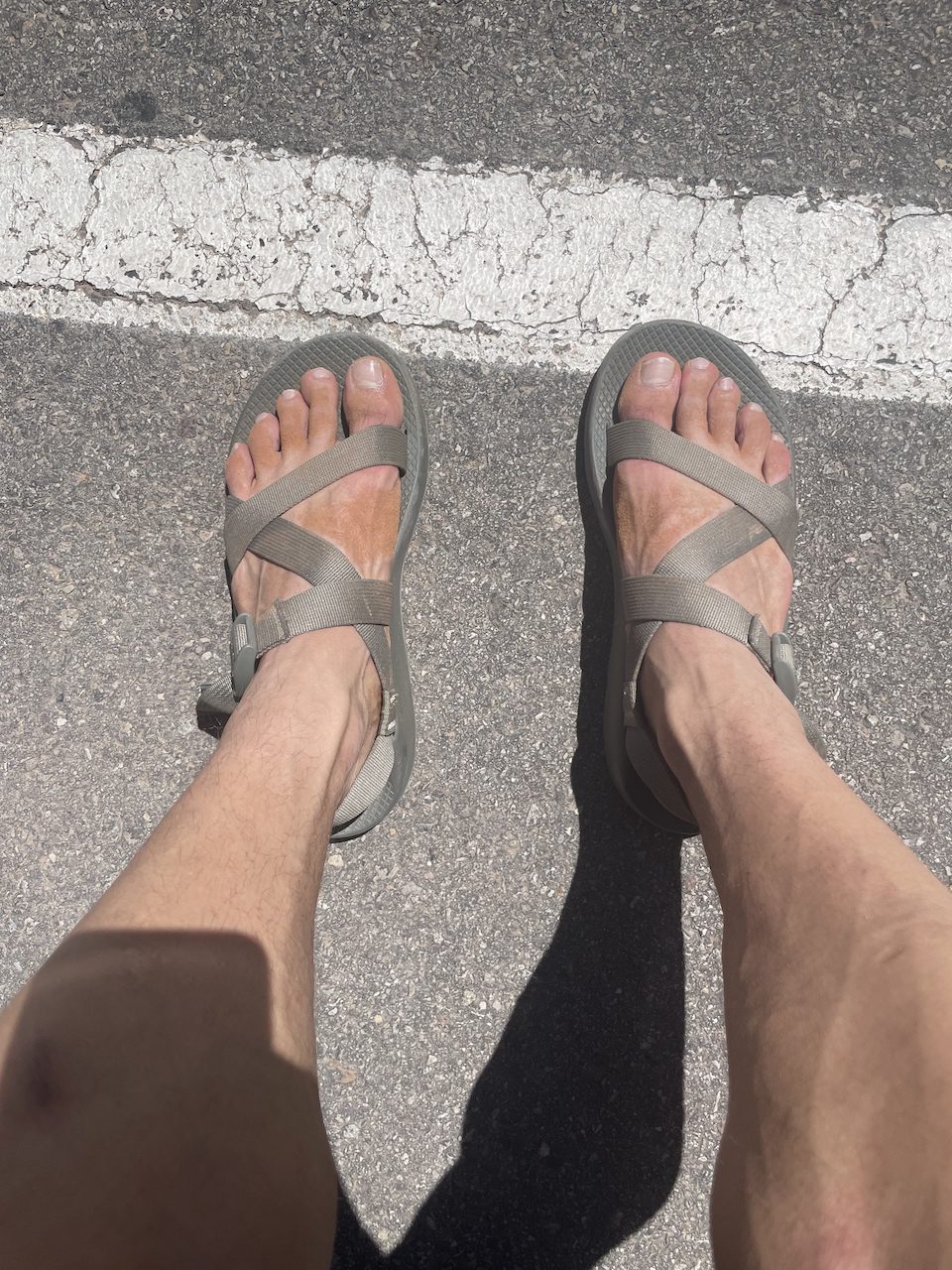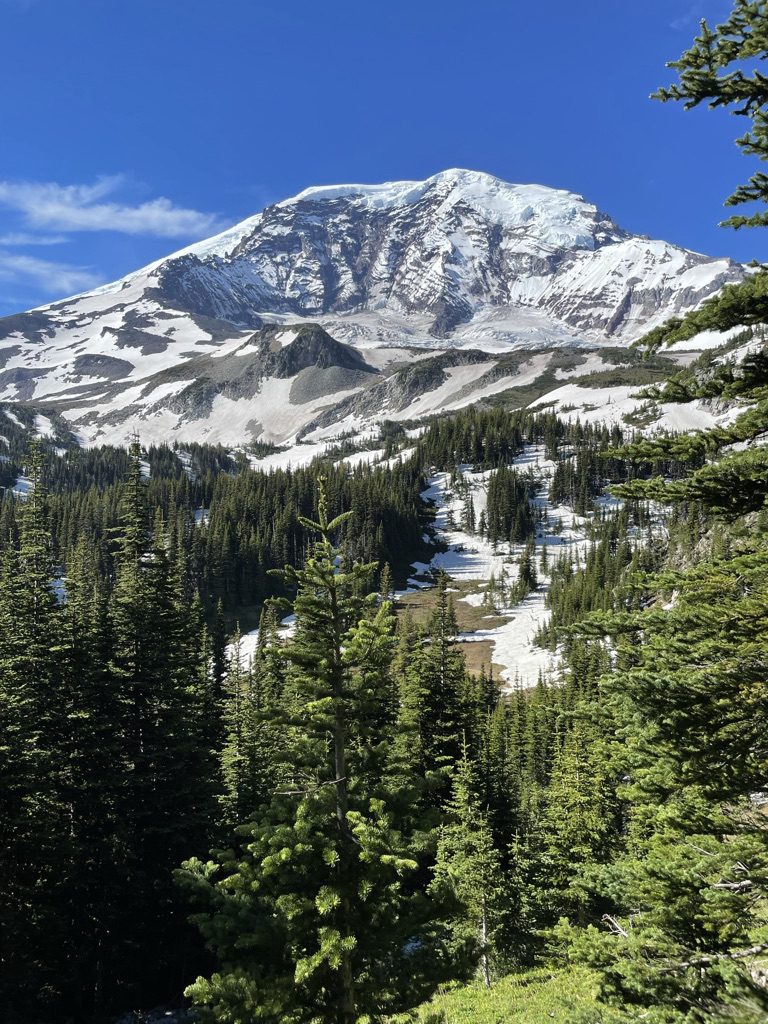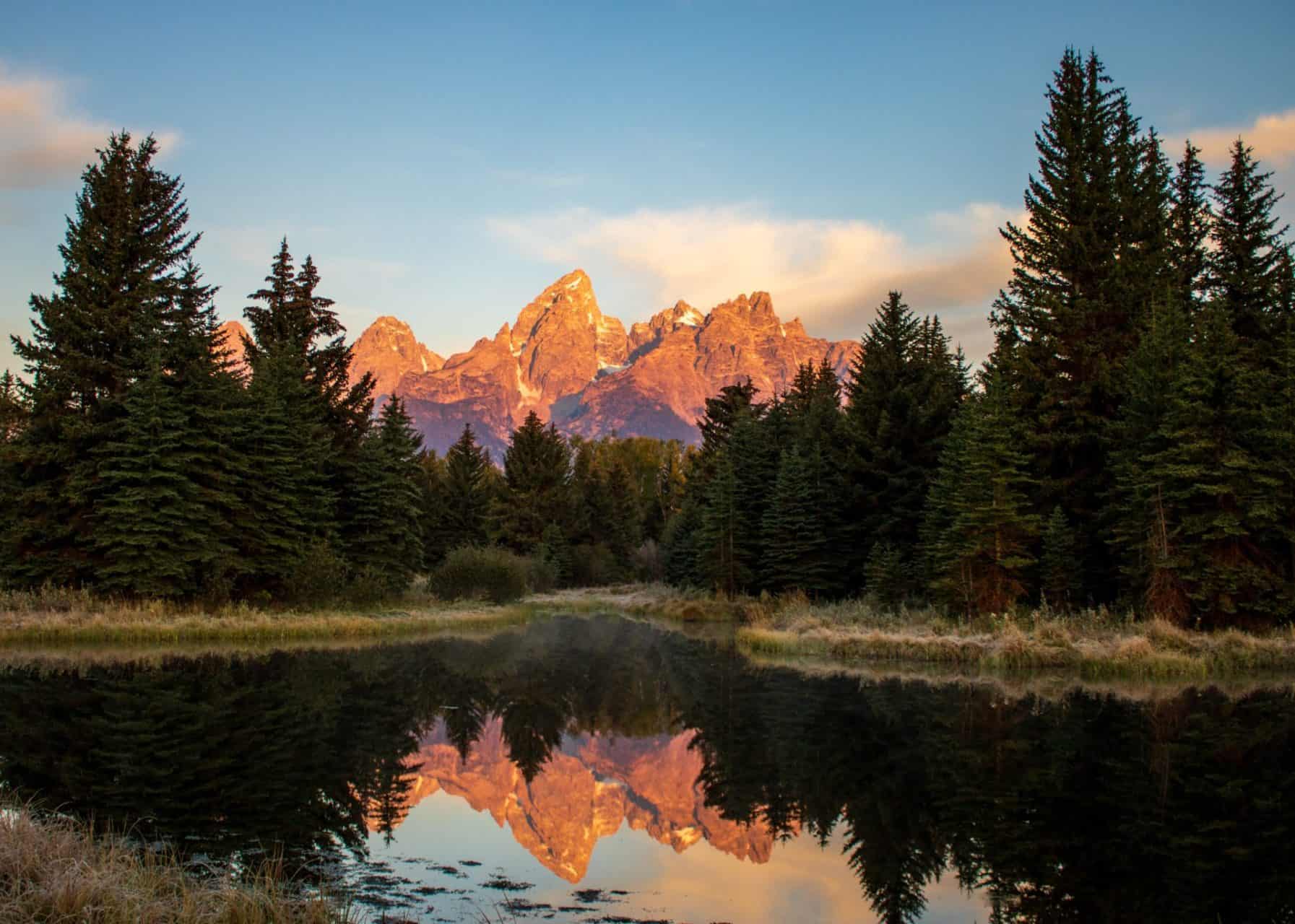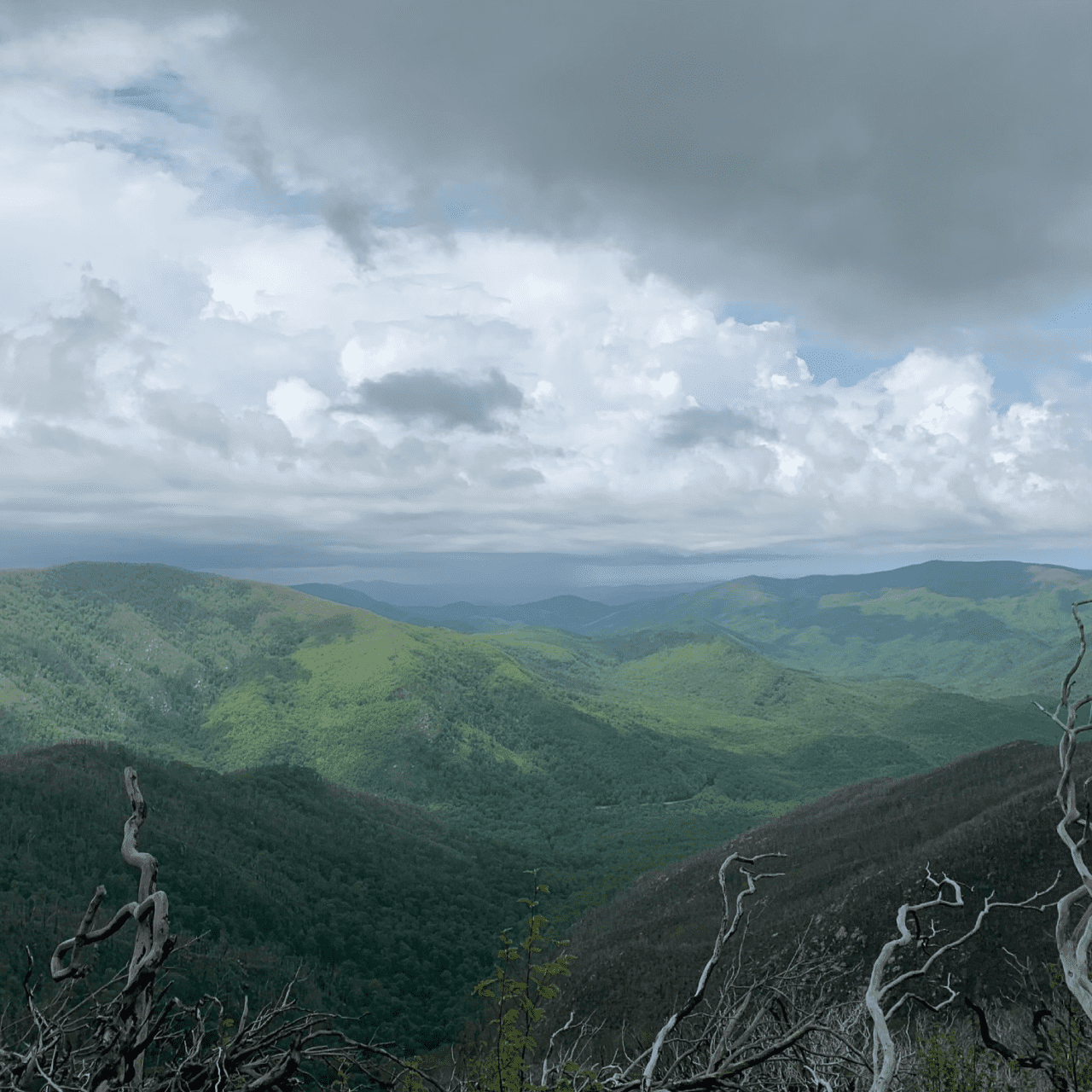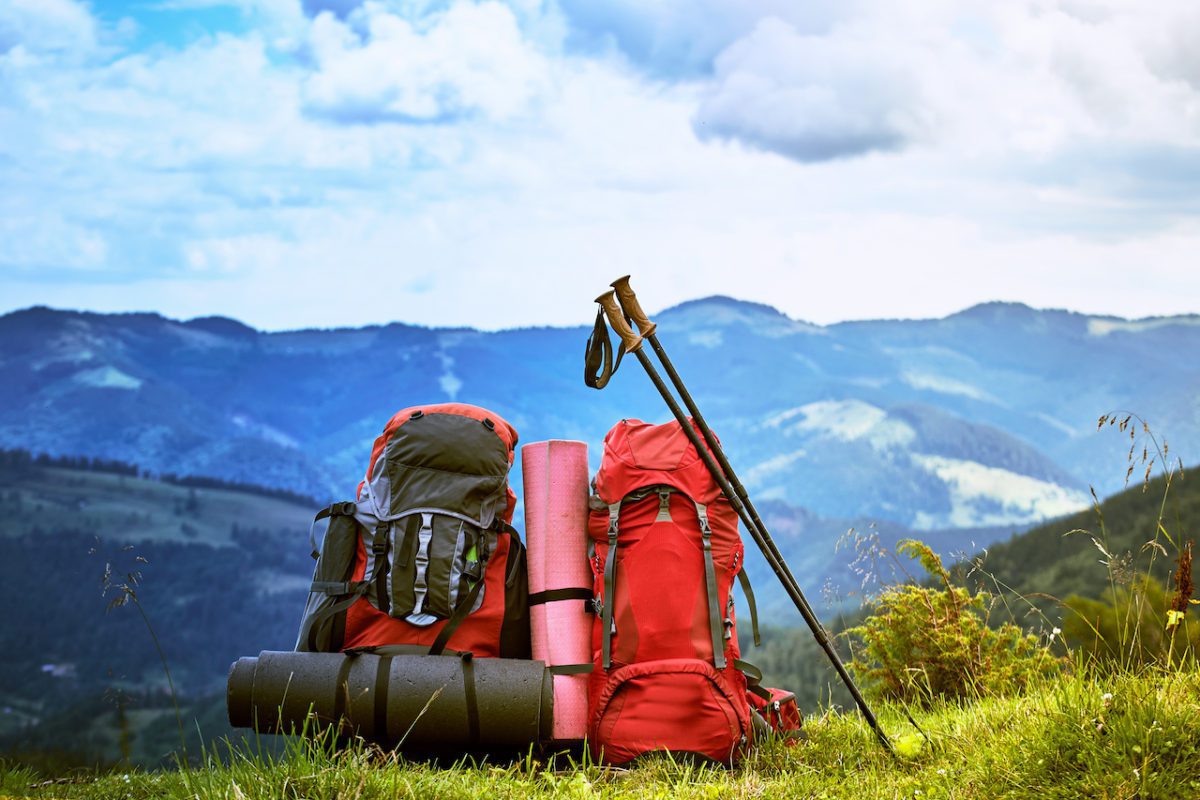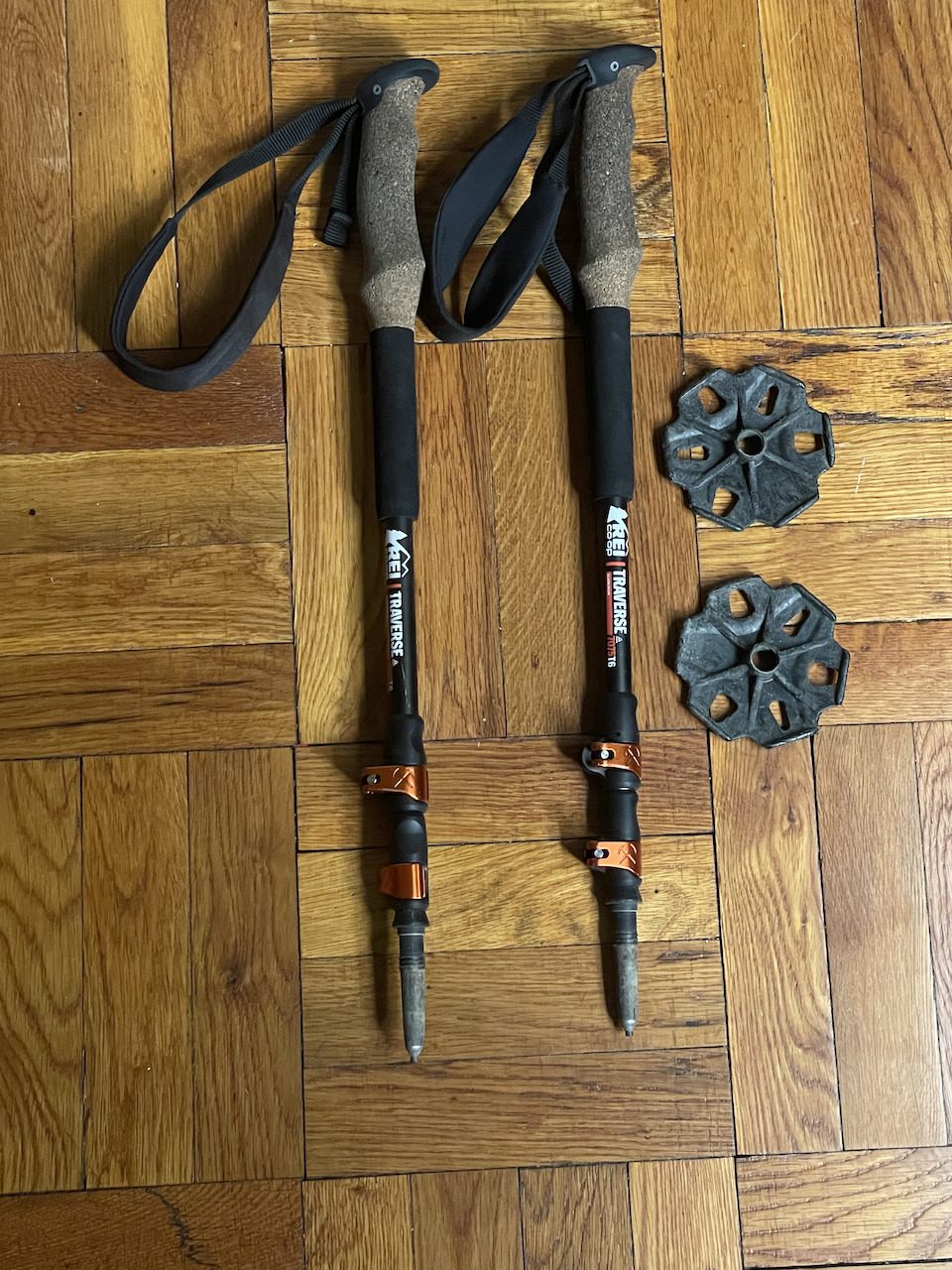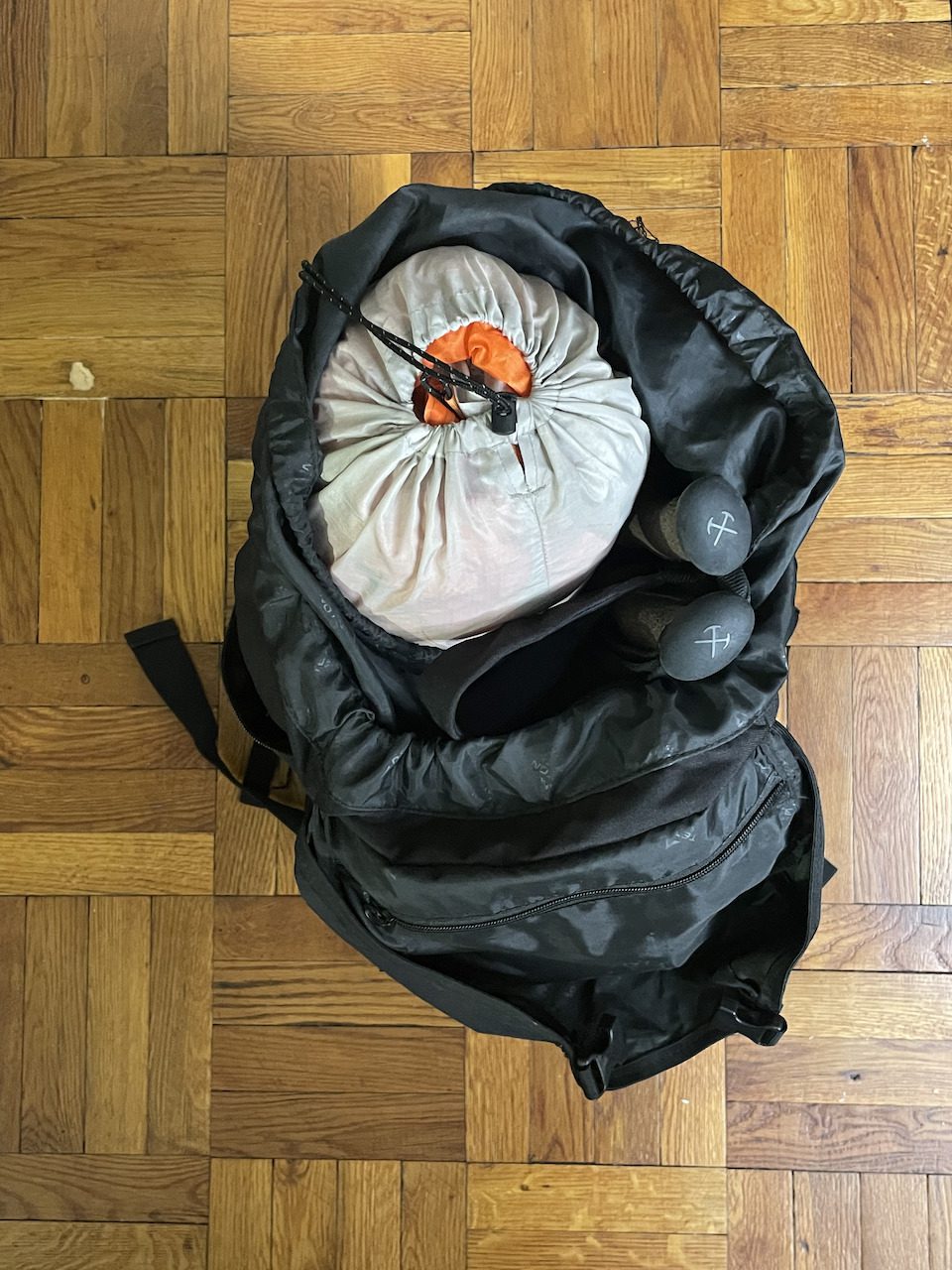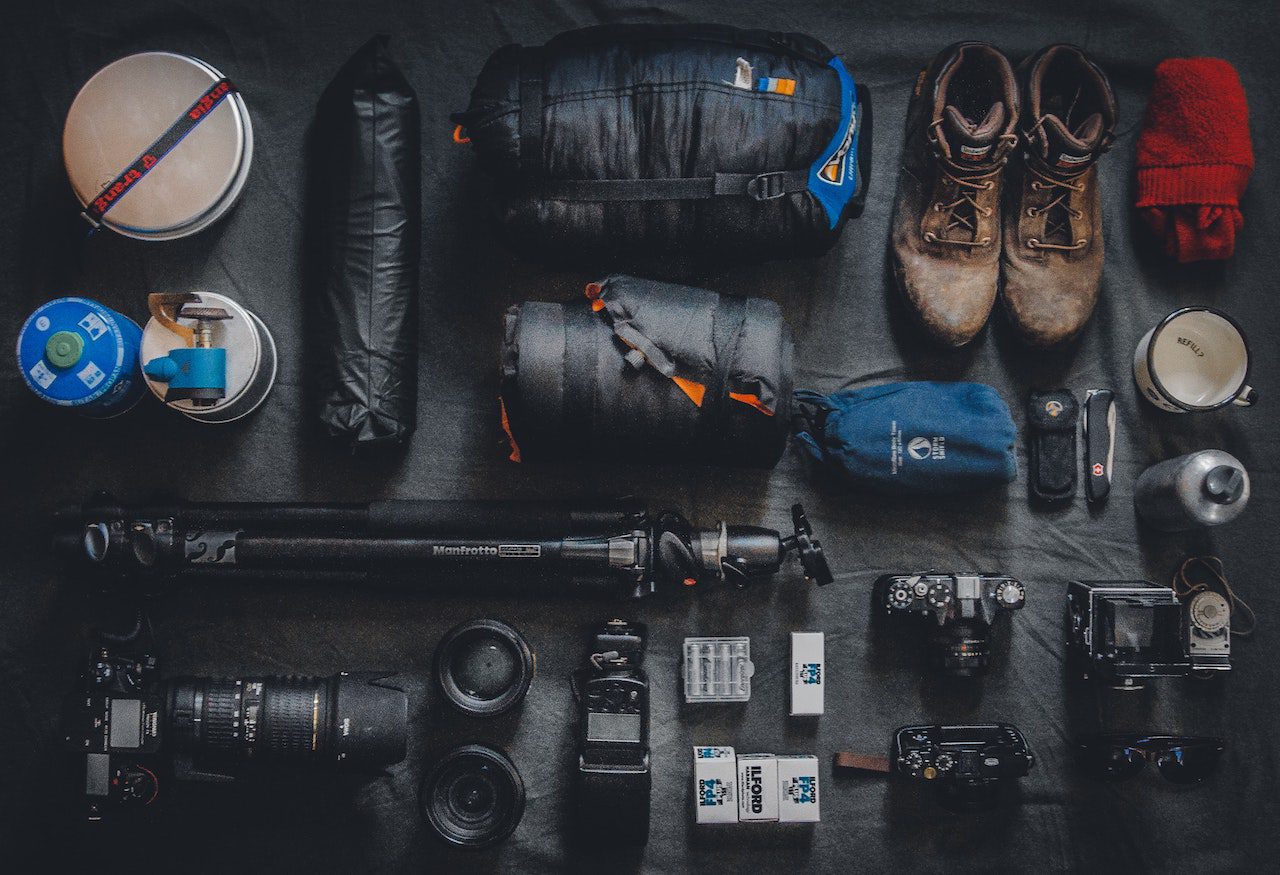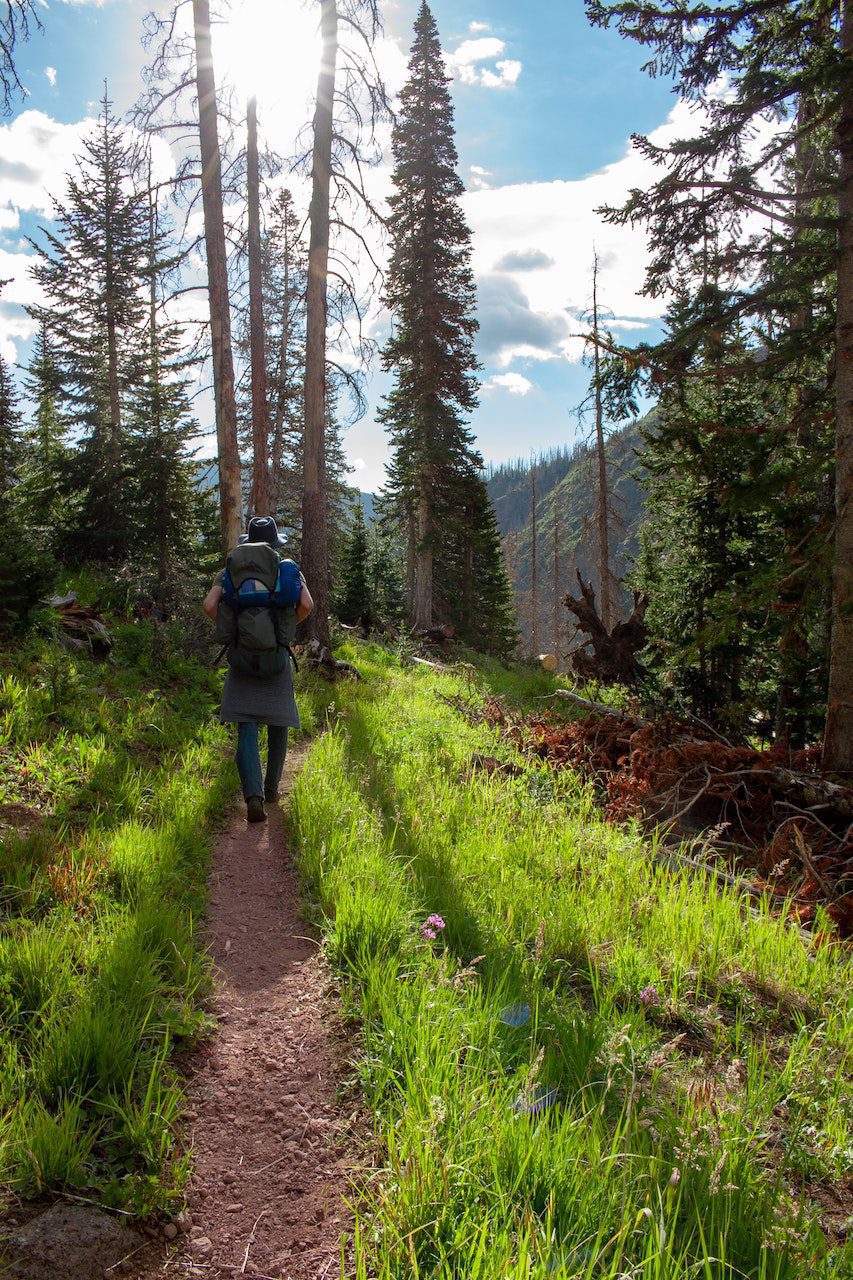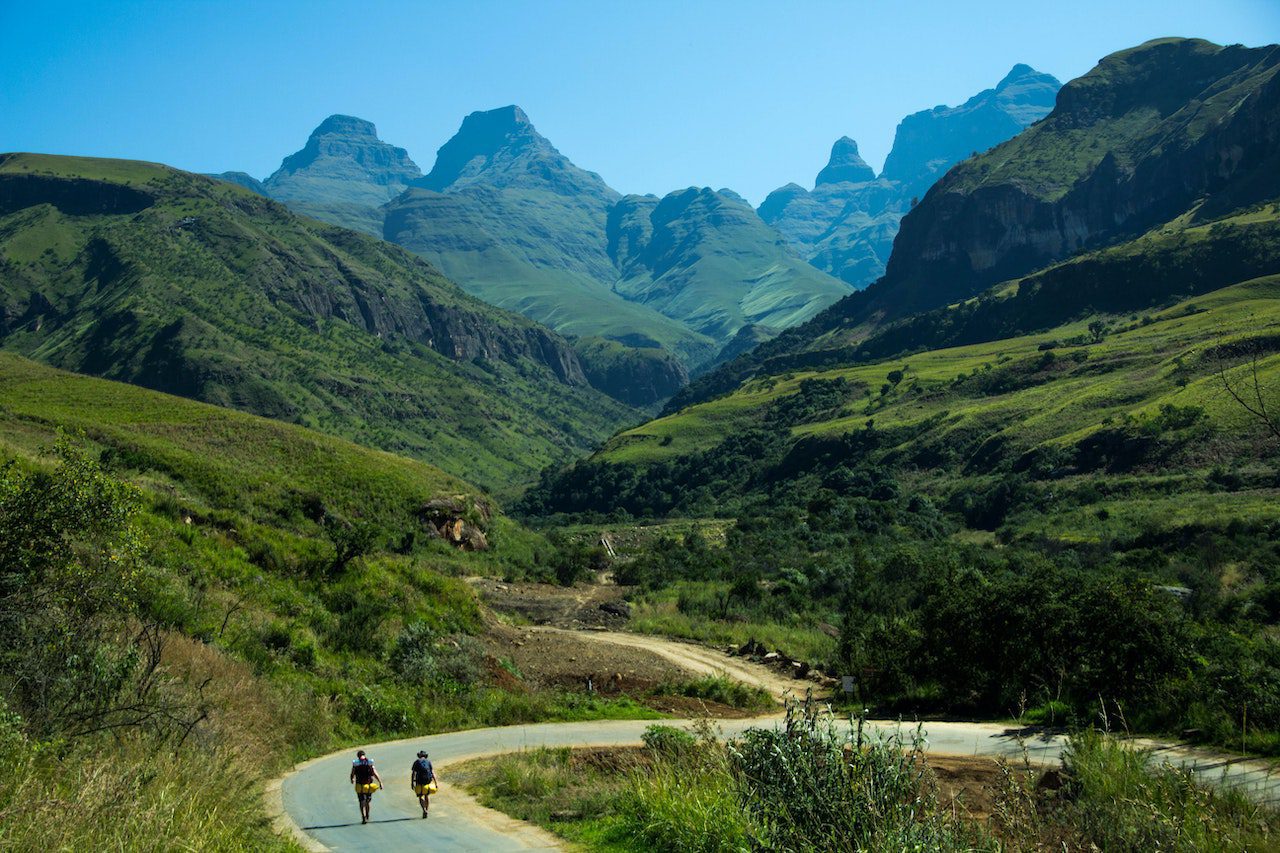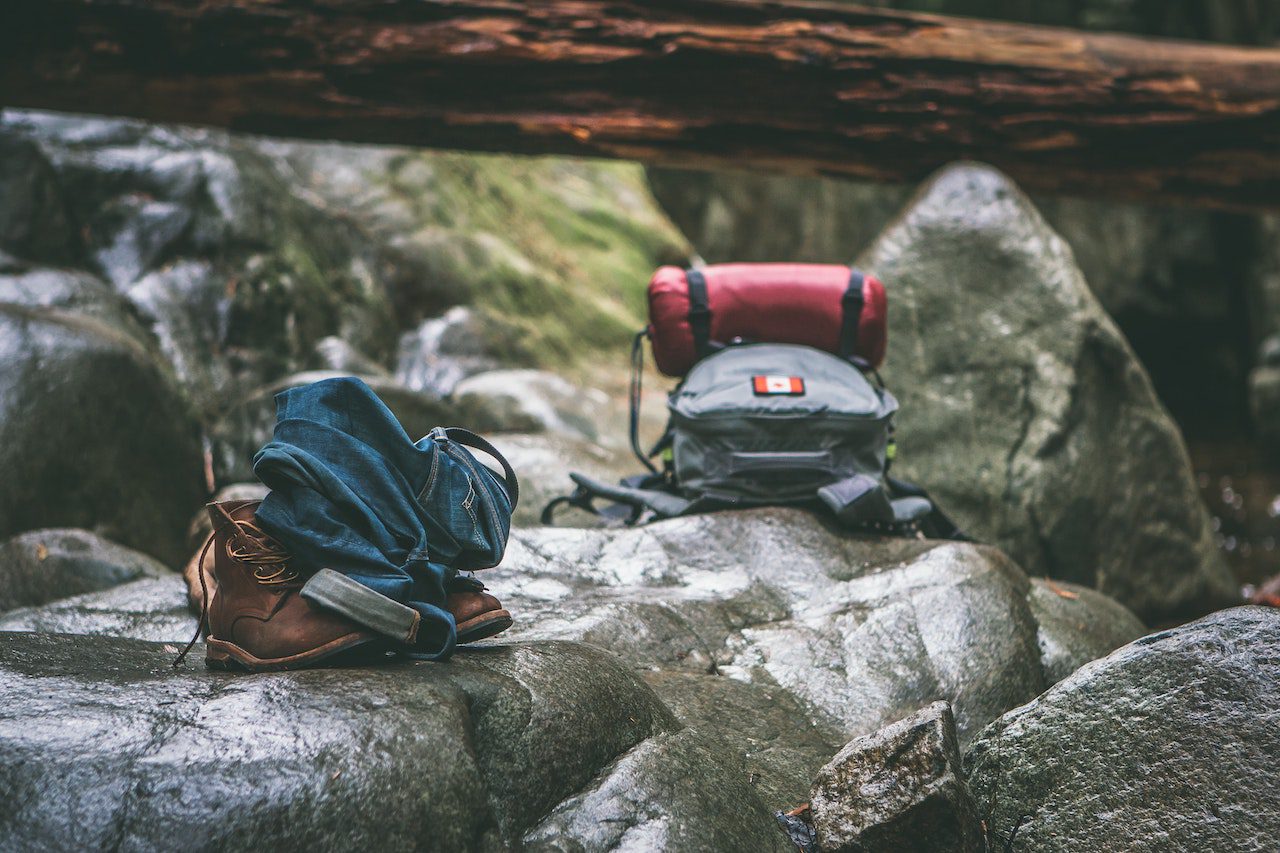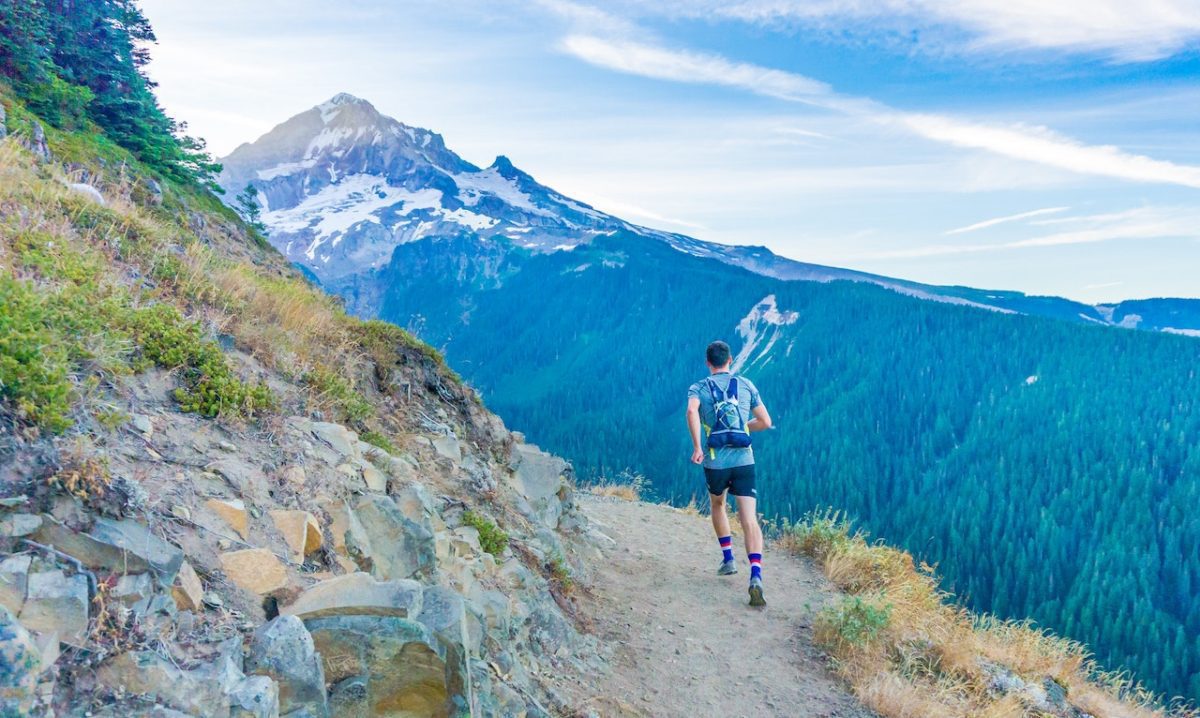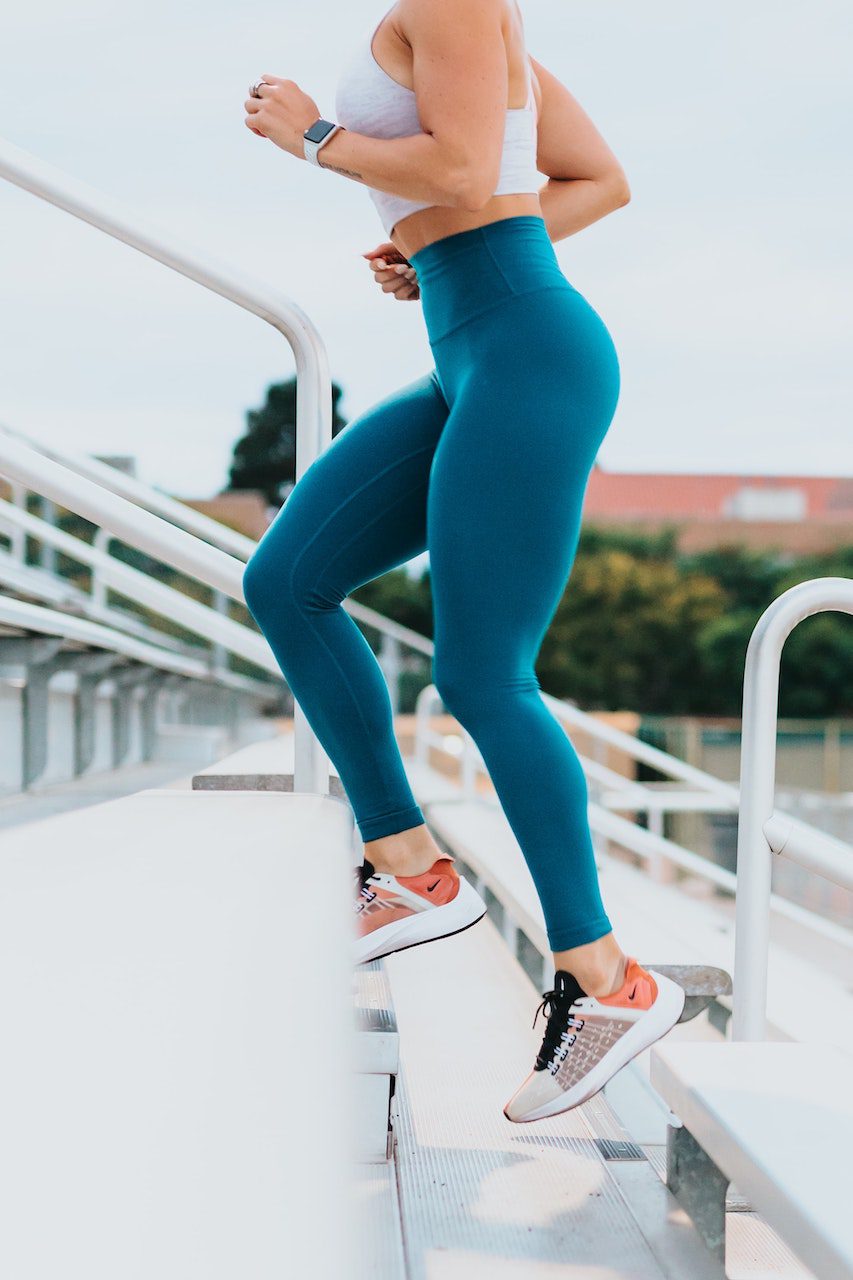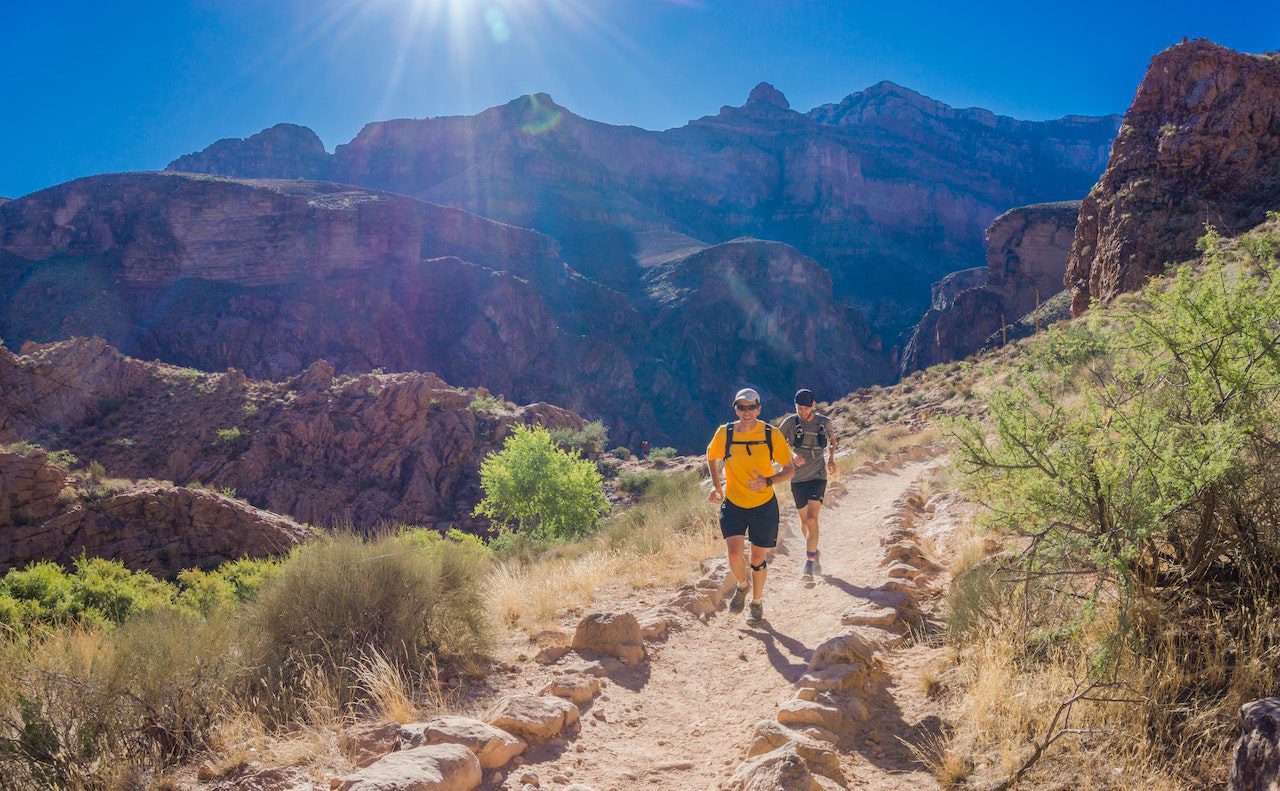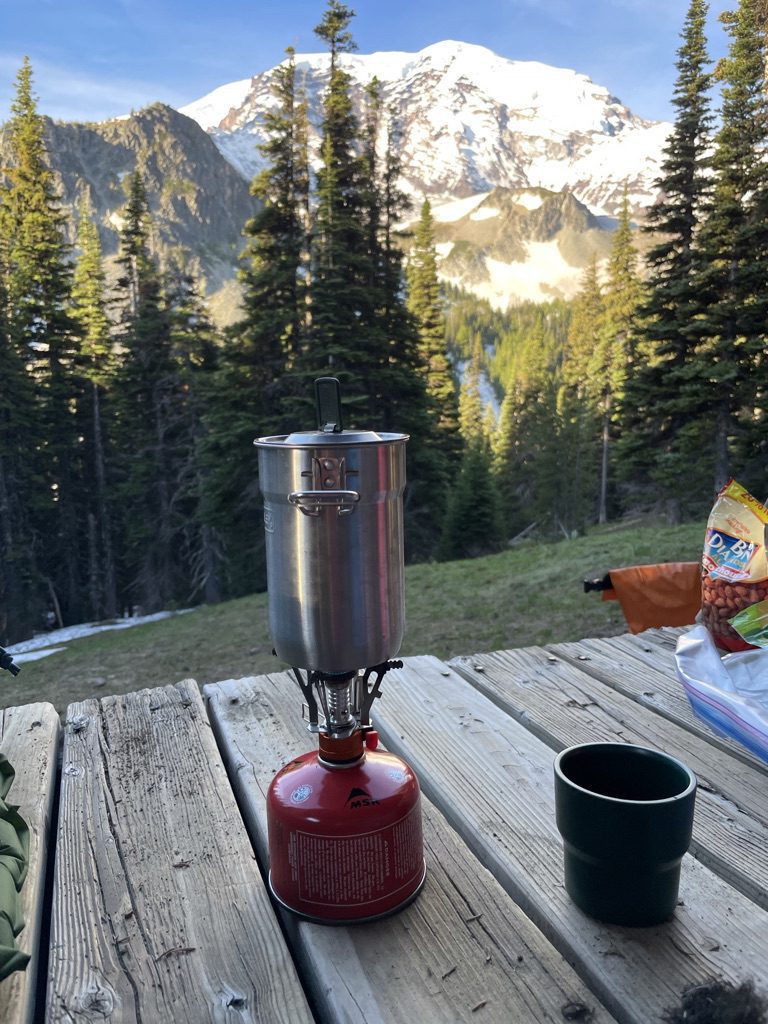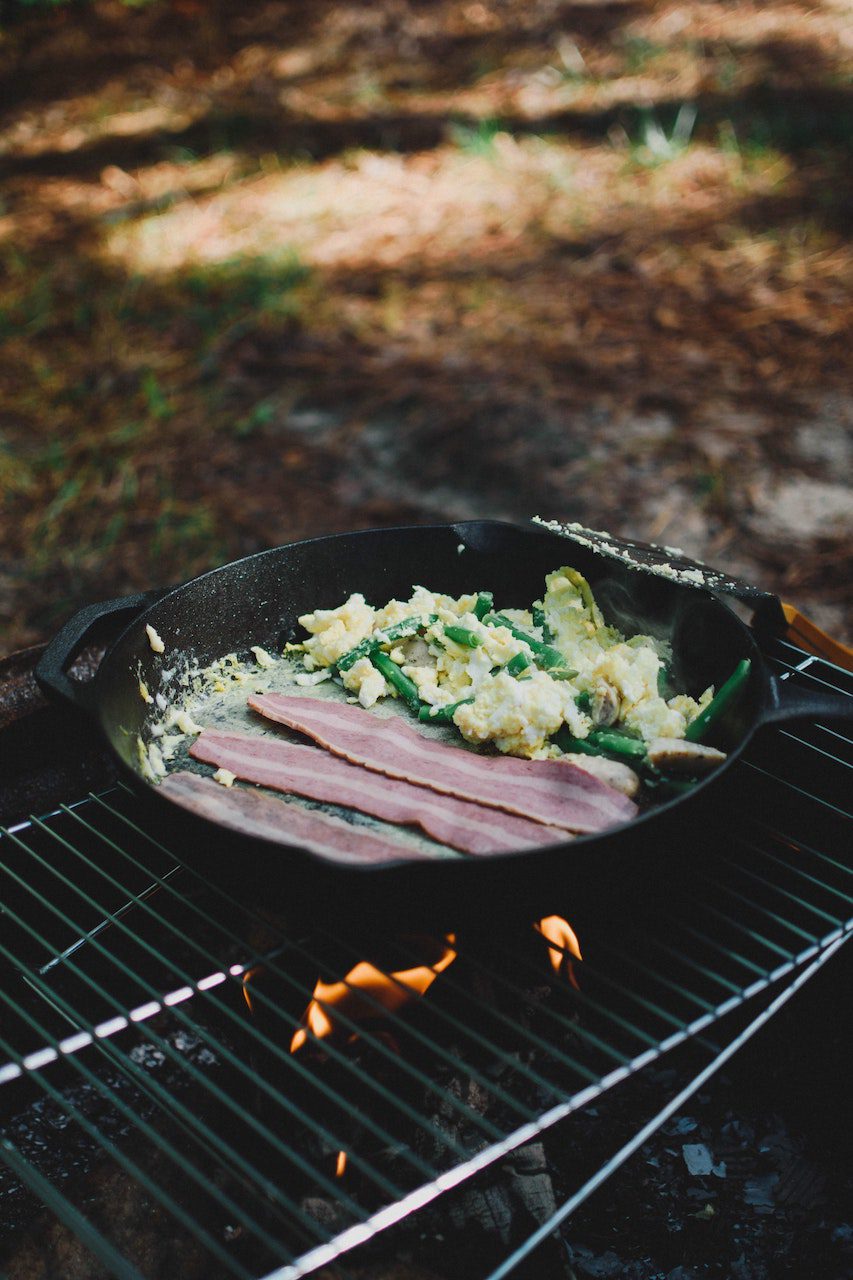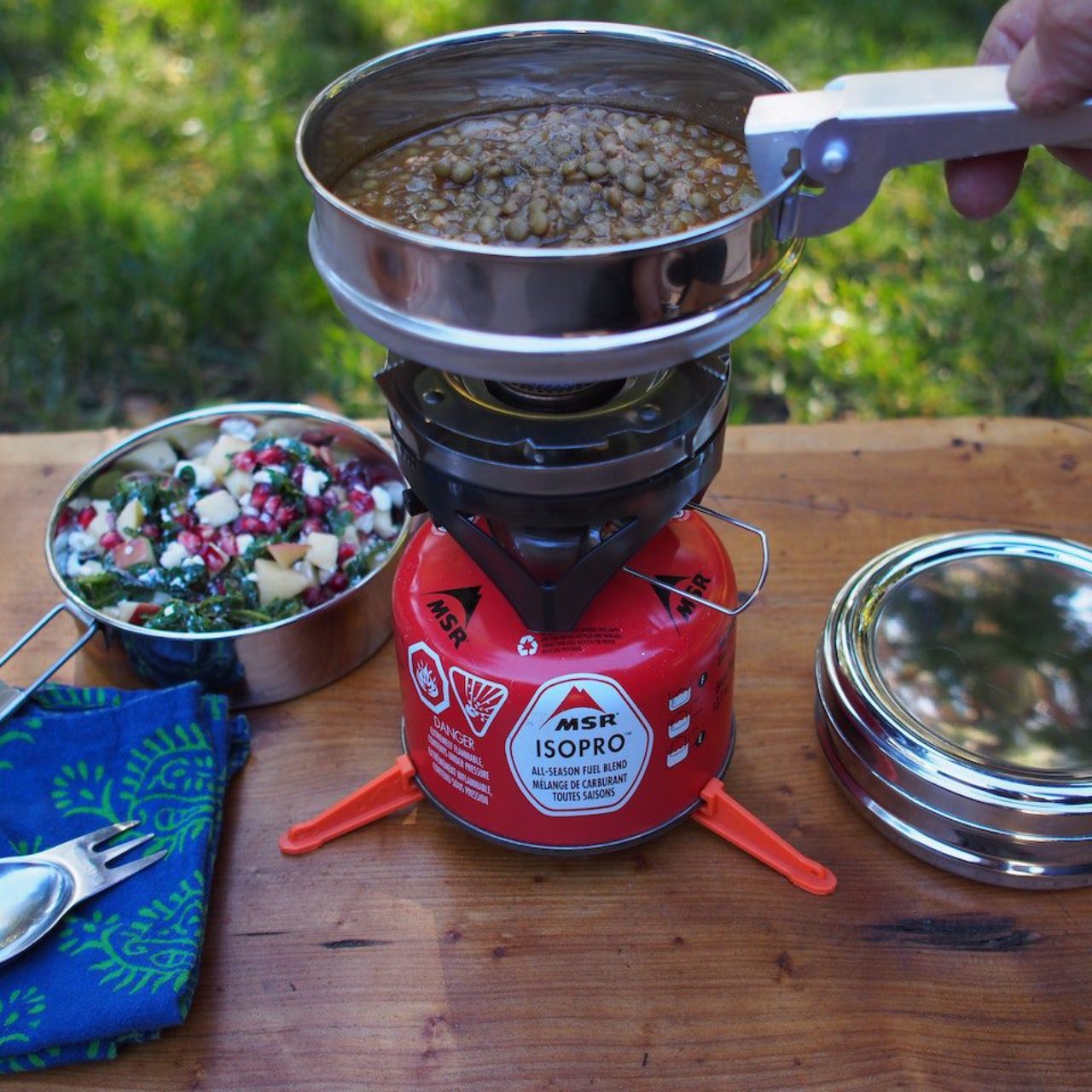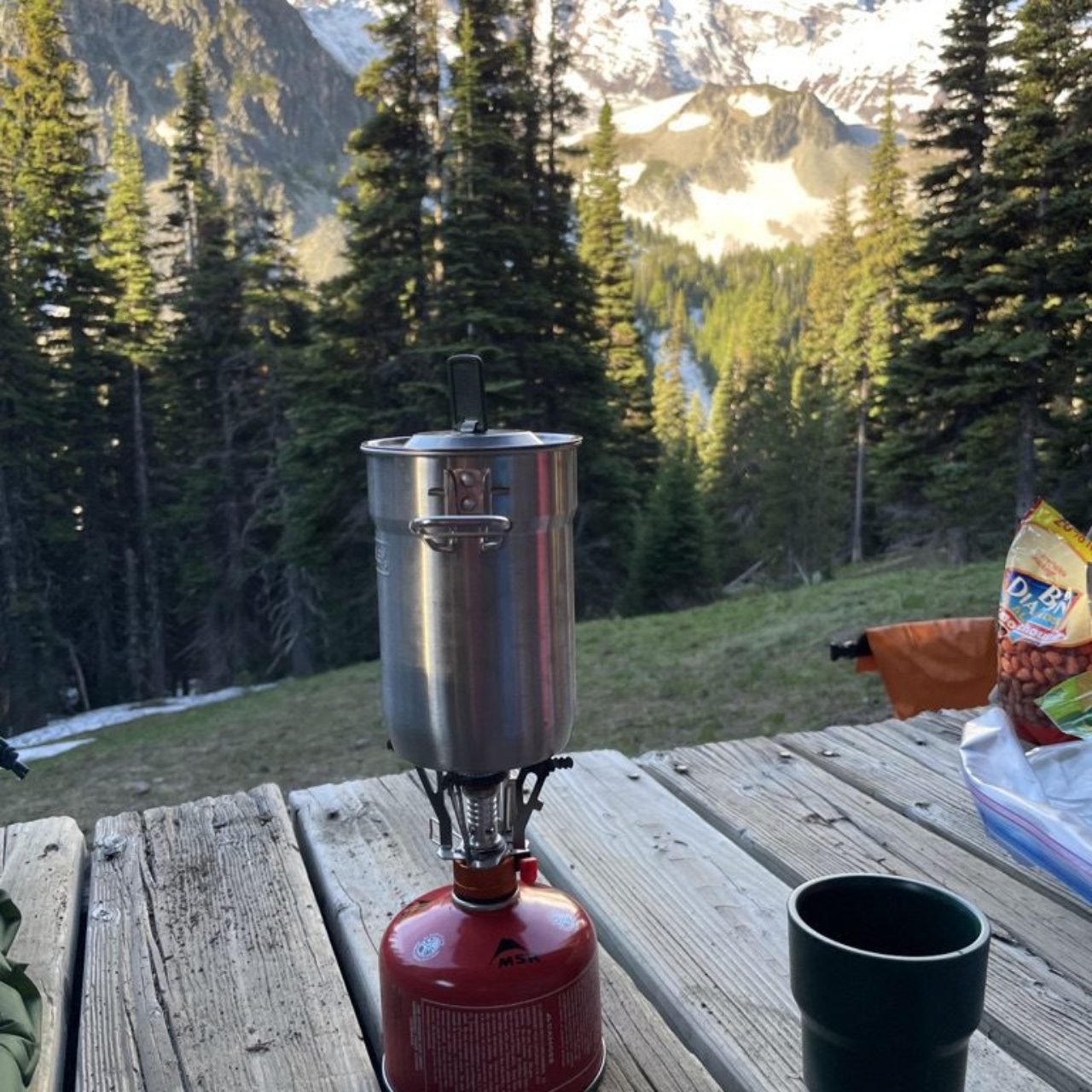3-Day 2-Night Tolmie Peak Backpacking Itinerary:
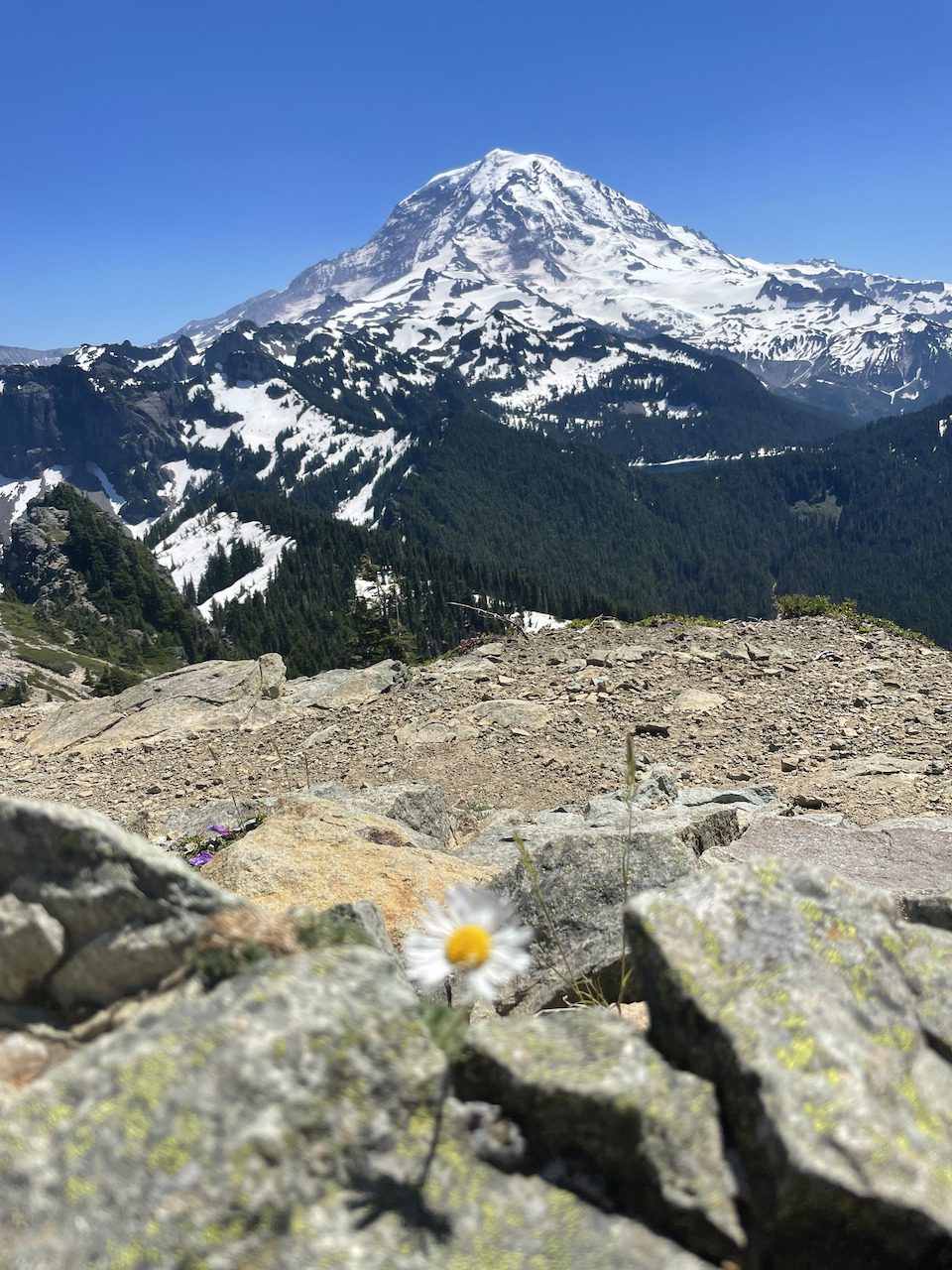
This 3-day 2-night Tolmie peak backpacking itinerary is great for a beginner with a log mileage and elevation gain. Designed as an in and out route you will need either two cars or plan for someone to give you a lift either to the start of the trailhead or when your finish. You will get amazing views of Mowich Lake, Ipsut Pass, Lake Eunice, and of course Tolmie Peak!
Overview:
Type Of Route: In and Out
Permits Required: Yes
Special Gear Considerations: May require ice-ax and crampons depending on trail conditions. Need bear hang equipment.
Mileage: ~19.7 miles
Total Elevation Gain: ~3,802ft
Day 1: Mowich Lake Entrance to Mowich Lake Campground
- Via Paul Peak Trail
- Mileage: ~6 miles
- Elevation Gain: 2,247ft
Day 2: Mowich Lake Campground to Ipsut Creek Campground (with a climb of Tolmie peak in between)
- Via Wonderland Trail clockwise>Tolmie Peak Trail>Wonderland Trail Clockwise>Carbon River Trail.
- Mileage: ~8.85 miles
- Elevation Gain: 1,549ft
Day 3: Ipsut Creek Campground to Carbon River Trailhead
- Via Carbon River Trail
- Mileage: ~4.90 miles
- Elevation Gain: Minimal to no elevation gain
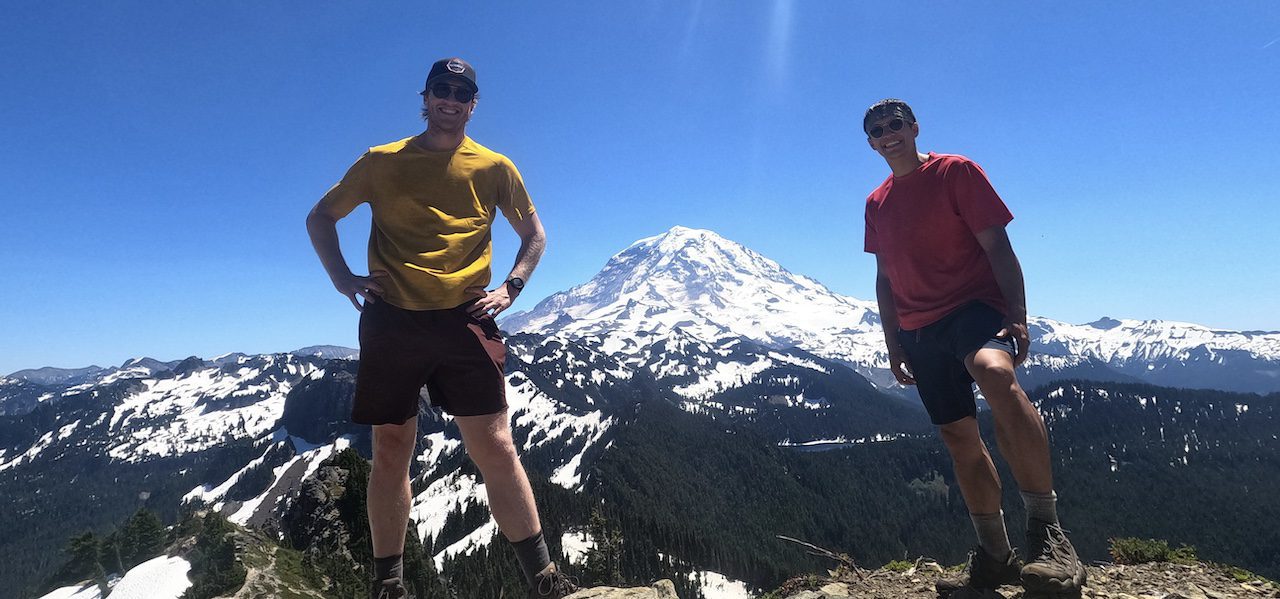

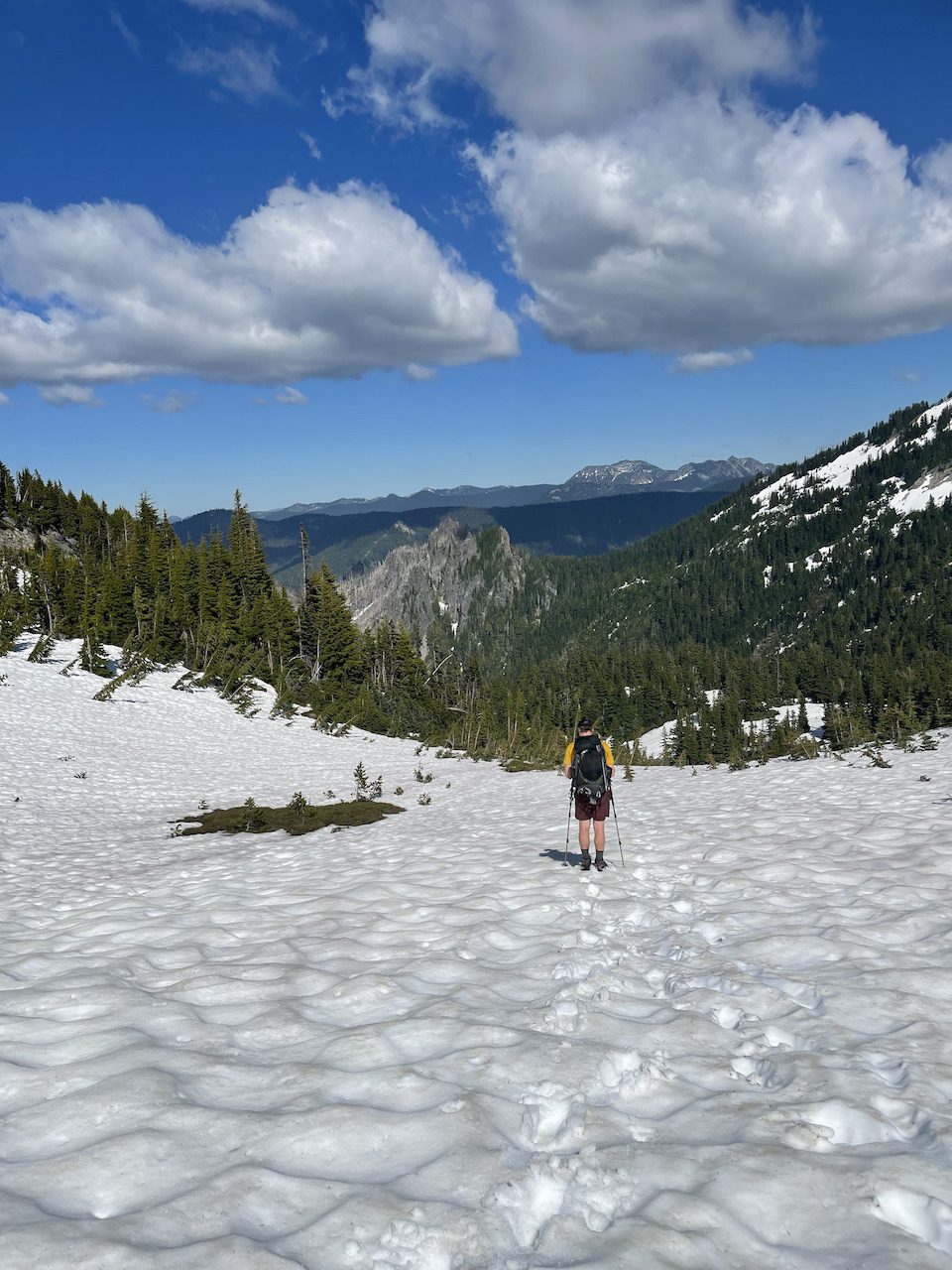
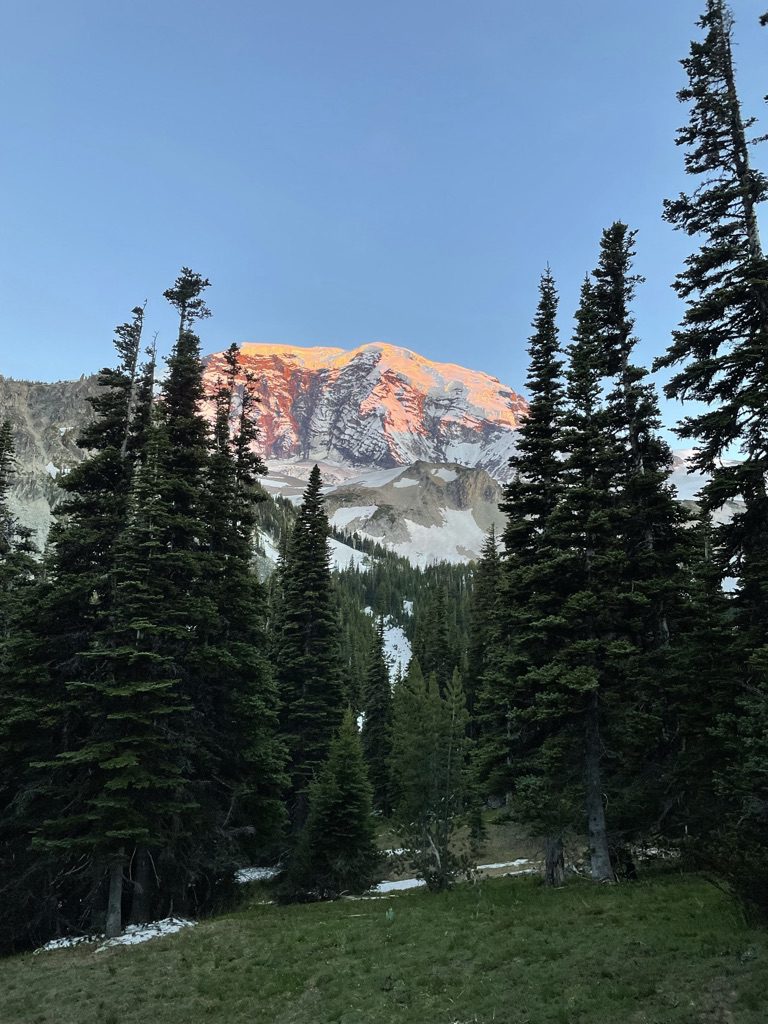
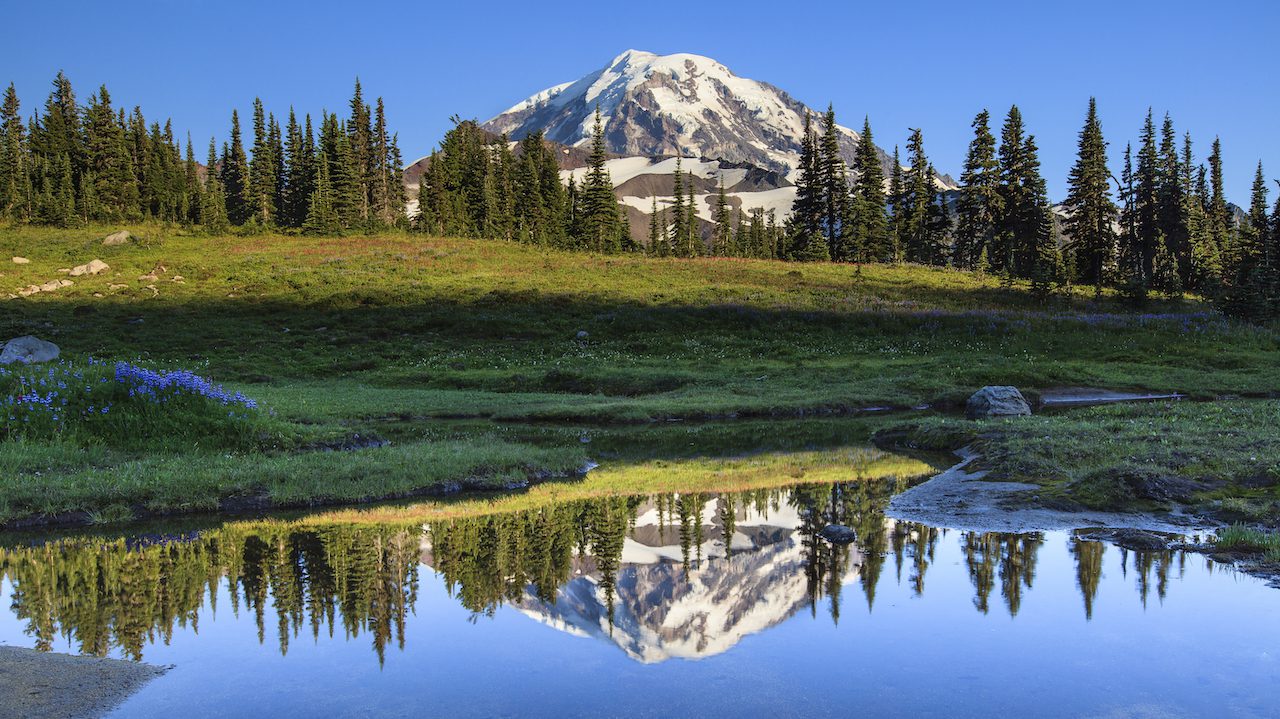
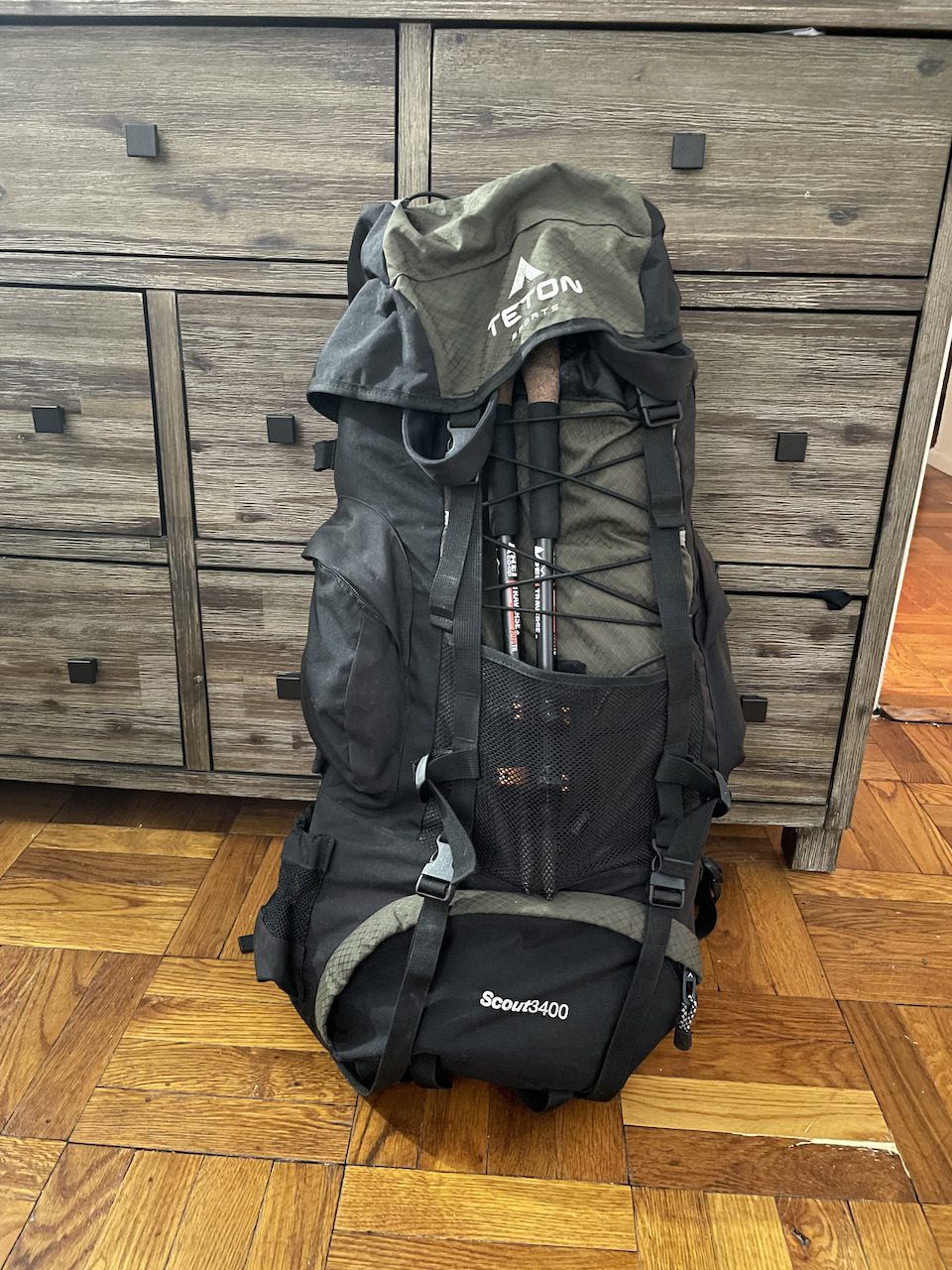
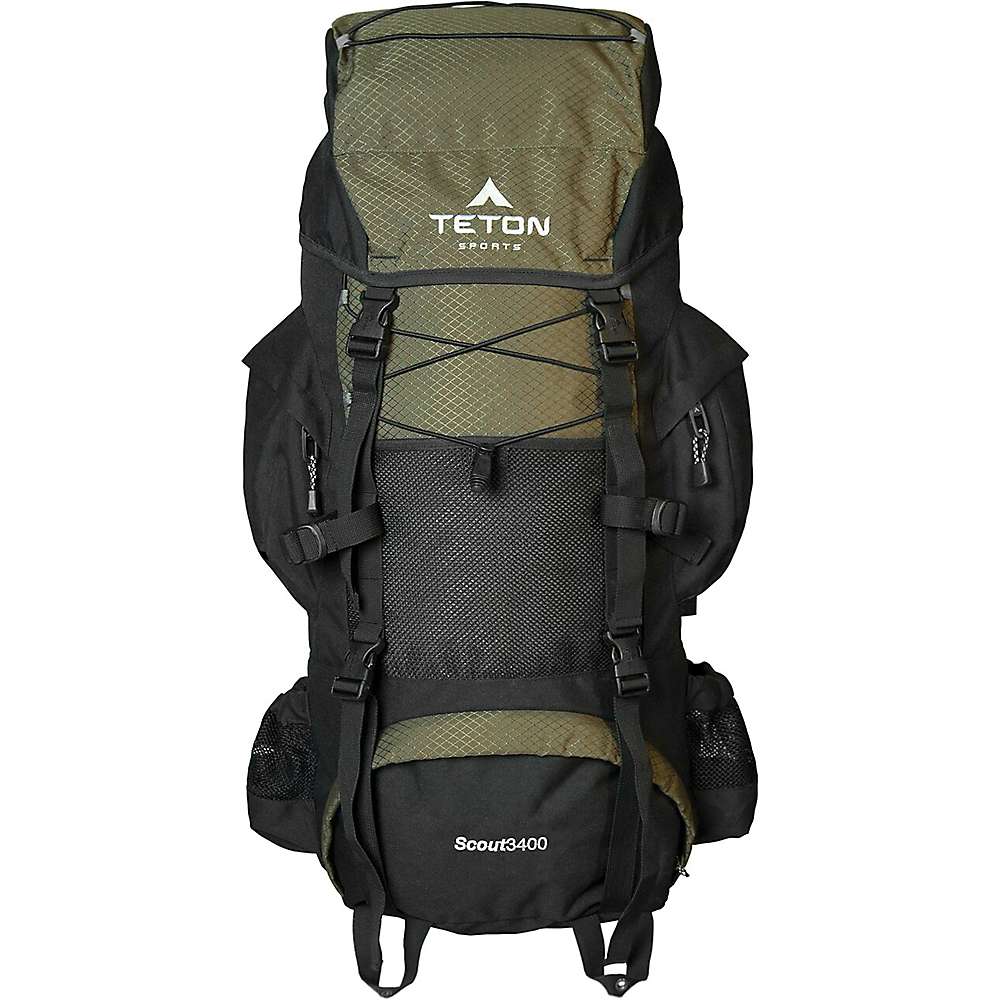 Check Prices on Moosejaw
Check Prices on Moosejaw